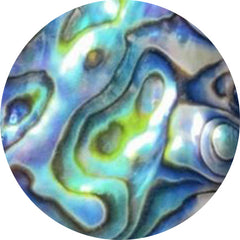 ABALONE SHELL (108)
ABALONE SHELL (108)
 ACTINOLITE (6)
ACTINOLITE (6)
 Affordable Gemstones (16955)
Affordable Gemstones (16955)
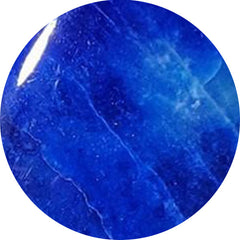 AFGHANITE (15)
AFGHANITE (15)
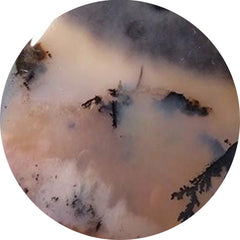 AGATE (2526)
AGATE (2526)
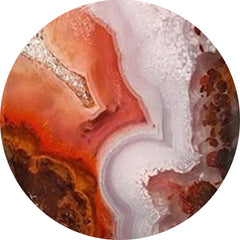 AGUA NUEVA (4)
AGUA NUEVA (4)
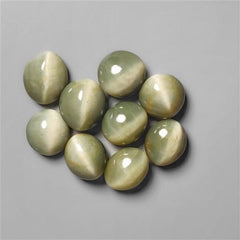 All Gemstones (6)
All Gemstones (6)
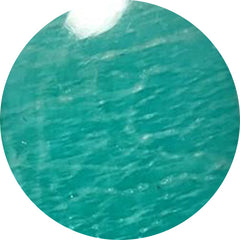 AMAZONITE (185)
AMAZONITE (185)
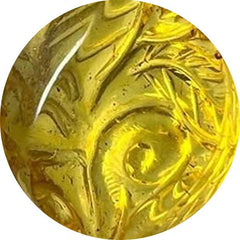 AMBER (156)
AMBER (156)
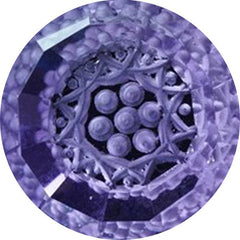 AMETHYST (526)
AMETHYST (526)
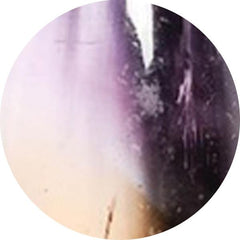 AMETRINE (1)
AMETRINE (1)
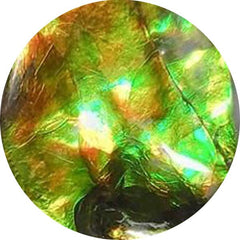 AMMOLITE (38)
AMMOLITE (38)
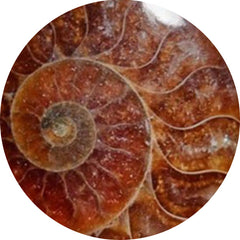 AMMONITE (91)
AMMONITE (91)
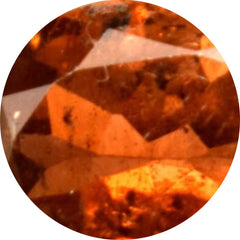 ANDALUSITE (2)
ANDALUSITE (2)
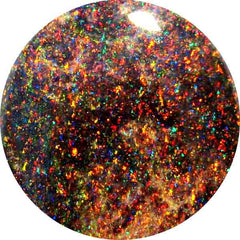 ANDAMOOKA OPAL (4)
ANDAMOOKA OPAL (4)
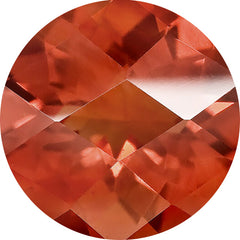 ANDESINE (1)
ANDESINE (1)
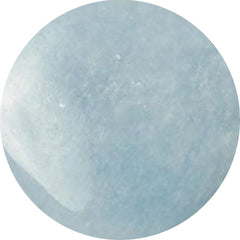 ANGELITE (31)
ANGELITE (31)
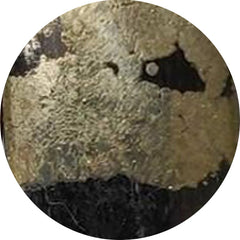 APACHE GOLD (28)
APACHE GOLD (28)
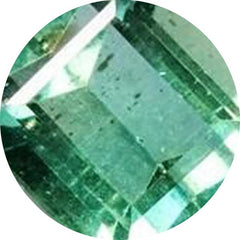 APATITE (150)
APATITE (150)
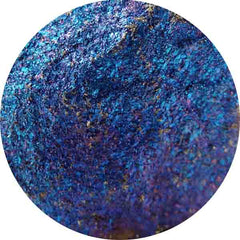 APOPHYLLITE (3)
APOPHYLLITE (3)
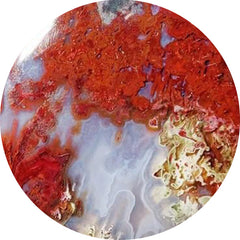 APPLE VALLEY AGATE (0)
APPLE VALLEY AGATE (0)
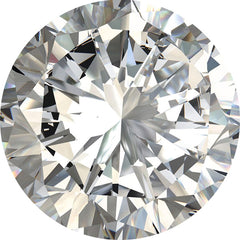 APRIL BIRTHSTONE (44)
APRIL BIRTHSTONE (44)
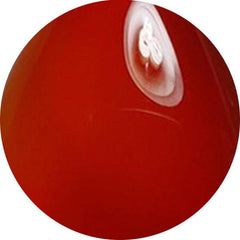 AQEEQ (0)
AQEEQ (0)
 AQUA CHALCEDONY (17)
AQUA CHALCEDONY (17)
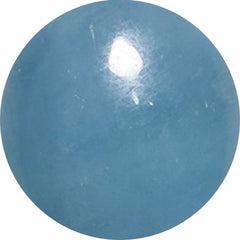 AQUAMARINE (73)
AQUAMARINE (73)
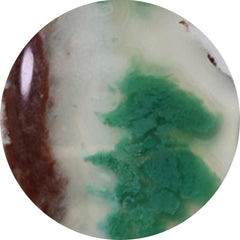 AQUAPRASE (53)
AQUAPRASE (53)
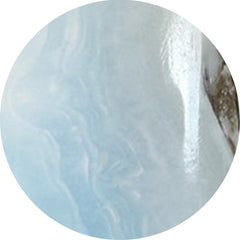 ARAGONITE (2)
ARAGONITE (2)
 ARFVEDSONITE (1)
ARFVEDSONITE (1)
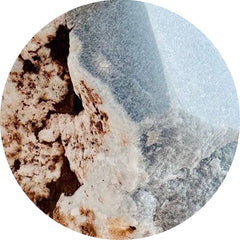 ARISTOLITE (0)
ARISTOLITE (0)
 ARIZONA TURQUOISE (1)
ARIZONA TURQUOISE (1)
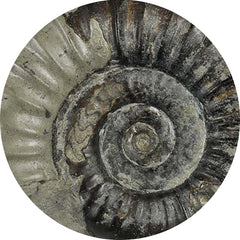 ARNIOCERAS SEMICOSTATUM FOSSIL (0)
ARNIOCERAS SEMICOSTATUM FOSSIL (0)
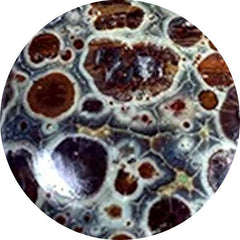 ASTEROID JASPER (11)
ASTEROID JASPER (11)
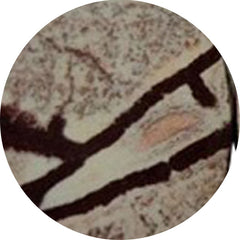 ASTROPHYLLITE (52)
ASTROPHYLLITE (52)
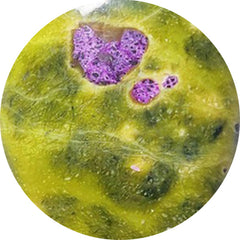 ATLANTASITE (96)
ATLANTASITE (96)
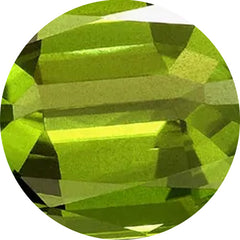 AUGUST BIRTHSTONE (35)
AUGUST BIRTHSTONE (35)
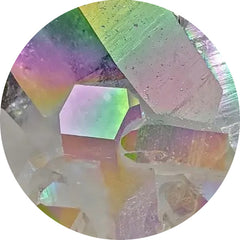 AURA QUARTZ (0)
AURA QUARTZ (0)
 AURORA OPAL (267)
AURORA OPAL (267)
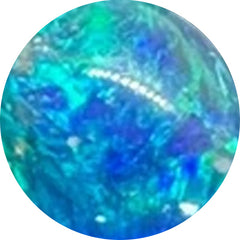 AUSTRALIAN OPAL (11)
AUSTRALIAN OPAL (11)
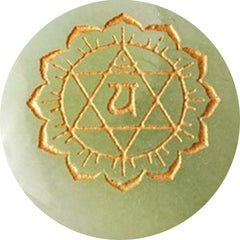 AVENTURINE (73)
AVENTURINE (73)
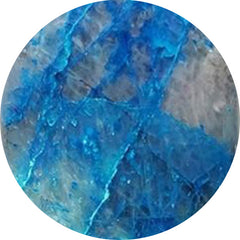 AZURITE (284)
AZURITE (284)
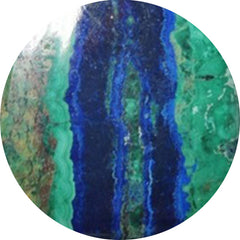 AZURITE MALACHITE (43)
AZURITE MALACHITE (43)
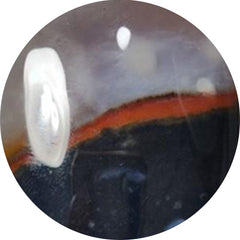 BANDED AGATE (60)
BANDED AGATE (60)
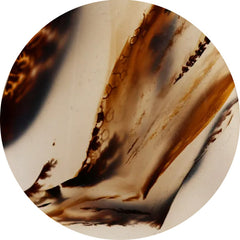 BARBER AGATE (0)
BARBER AGATE (0)
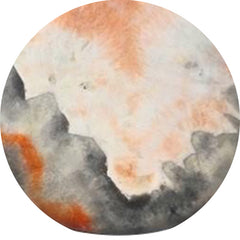 BARITE (12)
BARITE (12)
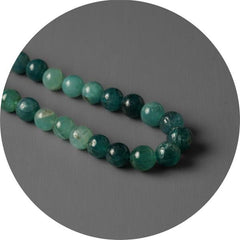 Beads (60)
Beads (60)
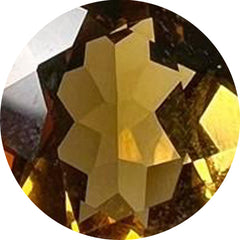 BEER QUARTZ (25)
BEER QUARTZ (25)
 BERBER AGATE (4)
BERBER AGATE (4)
 Best Offer Black Friday Sale (0)
Best Offer Black Friday Sale (0)
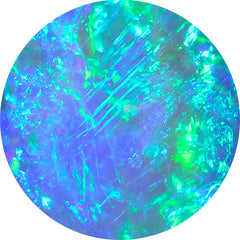 Best Seller (0)
Best Seller (0)
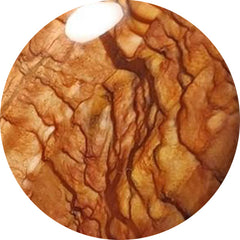 BIGGS JASPER (19)
BIGGS JASPER (19)
 Bird Carving (99)
Bird Carving (99)
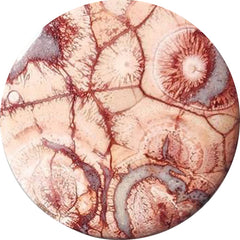 BIRD EYE JASPER (52)
BIRD EYE JASPER (52)
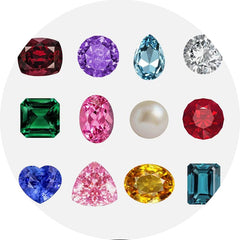 Birthstones (0)
Birthstones (0)
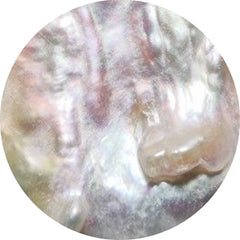 BIWA PEARL (39)
BIWA PEARL (39)
 Black Gemstones (798)
Black Gemstones (798)
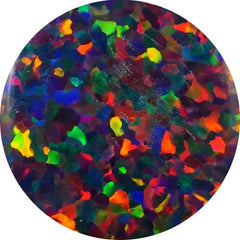 BLACK OPAL (57)
BLACK OPAL (57)
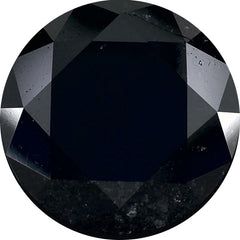 BLACK SPINEL (20)
BLACK SPINEL (20)
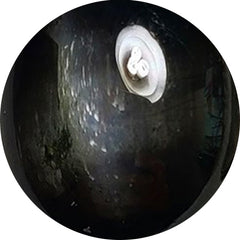 BLACK STAR (32)
BLACK STAR (32)
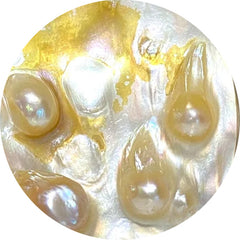 BLISTER PEARL (34)
BLISTER PEARL (34)
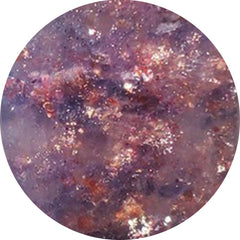 BLOODSHOT IOLITE (32)
BLOODSHOT IOLITE (32)
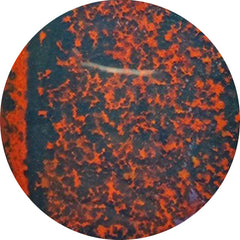 BLOODSTONE (83)
BLOODSTONE (83)
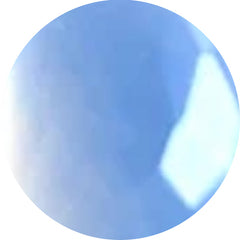 BLUE CHALCEDONY (26)
BLUE CHALCEDONY (26)
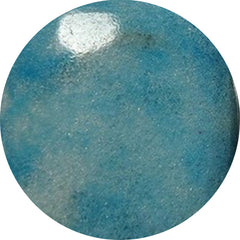 BLUE DIOPSIDE (0)
BLUE DIOPSIDE (0)
 Blue Gemstones (1287)
Blue Gemstones (1287)
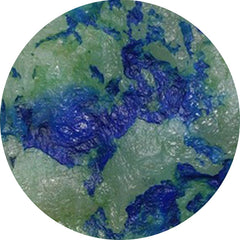 BLUE HORIZON (15)
BLUE HORIZON (15)
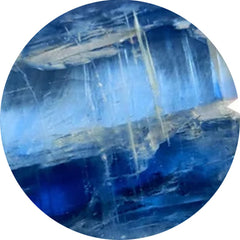 BLUE KYANITE (52)
BLUE KYANITE (52)
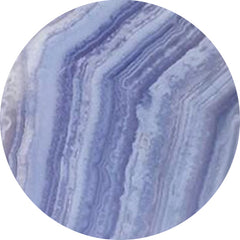 BLUE LACE AGATE (214)
BLUE LACE AGATE (214)
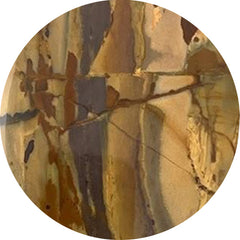 BLUE MOUNTAIN JASPER (0)
BLUE MOUNTAIN JASPER (0)
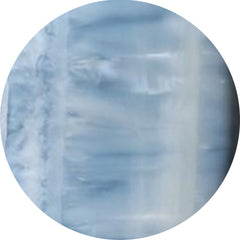 BLUE OPAL (198)
BLUE OPAL (198)
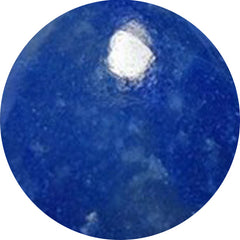 BLUE QUARTZ (27)
BLUE QUARTZ (27)
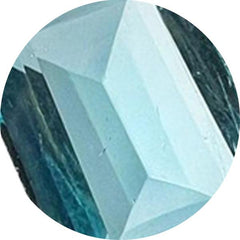 BLUE TOPAZ (84)
BLUE TOPAZ (84)
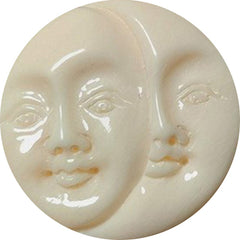 BONE (24)
BONE (24)
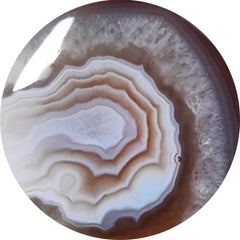 BOTSWANA AGATE (248)
BOTSWANA AGATE (248)
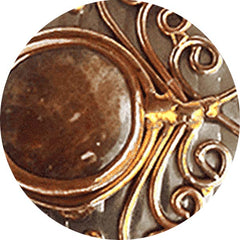 BRONZE (0)
BRONZE (0)
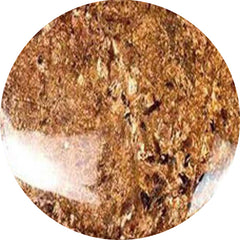 BRONZITE (3)
BRONZITE (3)
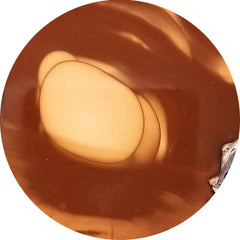 BRUNEAU JASPER (10)
BRUNEAU JASPER (10)
 BUMBLE BEE JASPER (199)
BUMBLE BEE JASPER (199)
 Buy Gemstones In USA (566)
Buy Gemstones In USA (566)
 Cabochon (0)
Cabochon (0)
 Cabochons (12948)
Cabochons (12948)
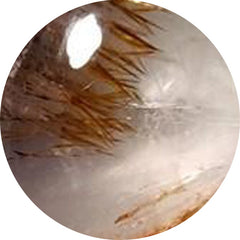 CACOXENITE (64)
CACOXENITE (64)
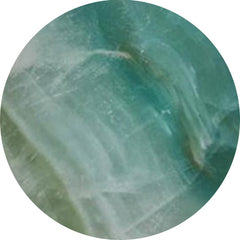 CALCITE (174)
CALCITE (174)
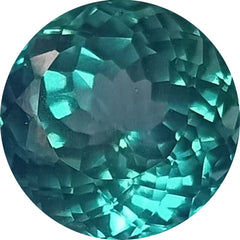 Calibrated (212)
Calibrated (212)
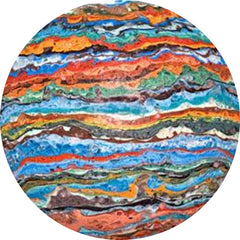 CALSILICA (0)
CALSILICA (0)
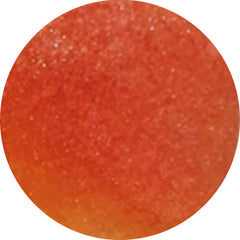 CANDY CORN (6)
CANDY CORN (6)
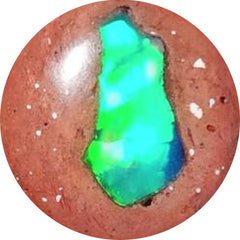 CANTERA OPAL (9)
CANTERA OPAL (9)
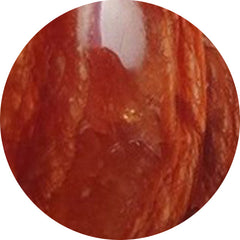 CARAMEL OPAL (2)
CARAMEL OPAL (2)
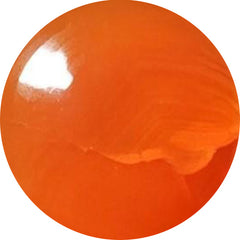 CARNELIAN AGATE (71)
CARNELIAN AGATE (71)
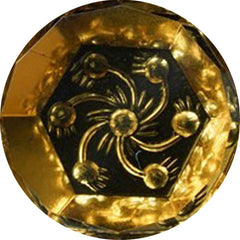 CARVING (1836)
CARVING (1836)
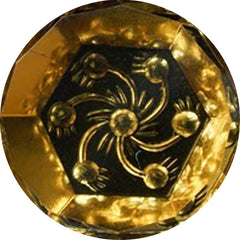 Carvings (2058)
Carvings (2058)
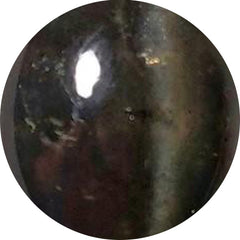 CATS EYE (61)
CATS EYE (61)
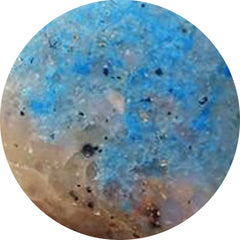 CAVANSITE (17)
CAVANSITE (17)
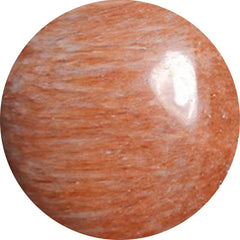 CELESTOBARITE (6)
CELESTOBARITE (6)
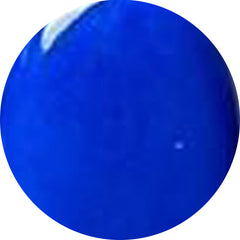 CERULEITE (0)
CERULEITE (0)
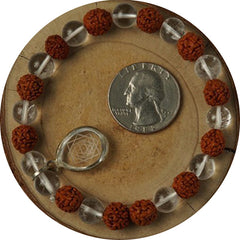 CHAKRA STONE (1)
CHAKRA STONE (1)
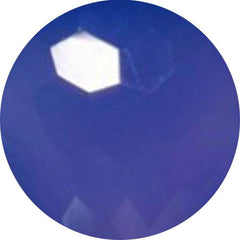 CHALCEDONY (398)
CHALCEDONY (398)
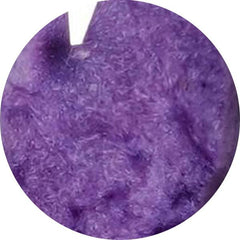 CHAROITE (167)
CHAROITE (167)
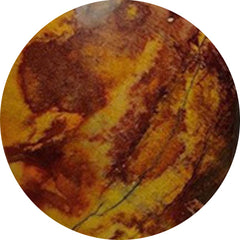 CHERRY CREEK JASPER (1)
CHERRY CREEK JASPER (1)
 CHIASTOLITE (18)
CHIASTOLITE (18)
 Christmas New Year Sale (0)
Christmas New Year Sale (0)
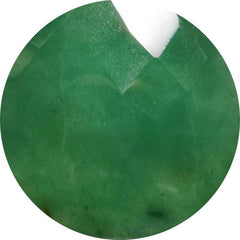 CHROME CHALCEDONY (79)
CHROME CHALCEDONY (79)
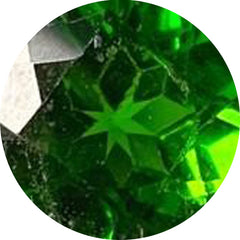 CHROME DIOPSIDE (22)
CHROME DIOPSIDE (22)
 CHRYSANTHEMUM FOSSIL (0)
CHRYSANTHEMUM FOSSIL (0)
 CHRYSOCOLLA (367)
CHRYSOCOLLA (367)
 Chrysocolla Malachite (74)
Chrysocolla Malachite (74)
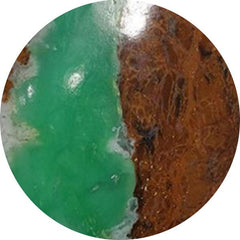 CHRYSOPRASE (274)
CHRYSOPRASE (274)
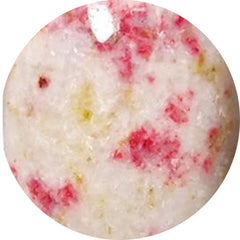 CINNABAR (16)
CINNABAR (16)
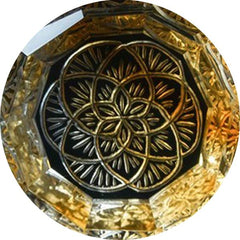 CITRINE (102)
CITRINE (102)
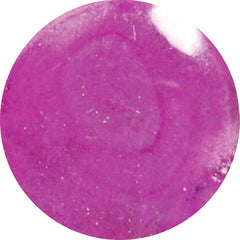 COBALTO CALCITE (56)
COBALTO CALCITE (56)
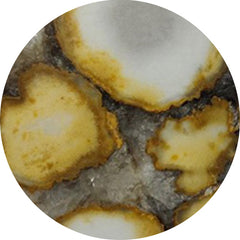 COBRA JASPER (32)
COBRA JASPER (32)
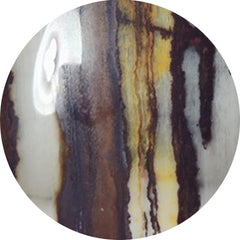 COCONUT JASPER (2)
COCONUT JASPER (2)
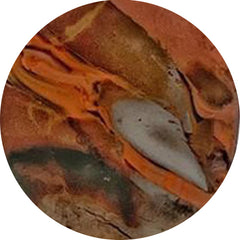 COFFEE BEAN JASPER (2)
COFFEE BEAN JASPER (2)
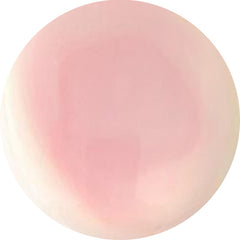 CONCH SHELL (12)
CONCH SHELL (12)
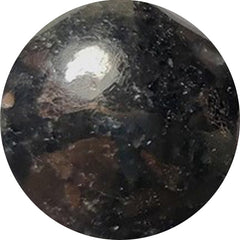 COPPERNITE (0)
COPPERNITE (0)
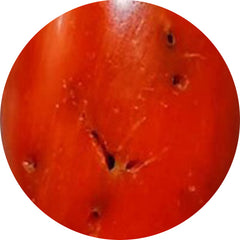 CORAL (334)
CORAL (334)
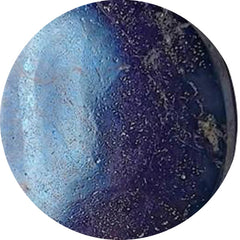 COVELLITE (13)
COVELLITE (13)
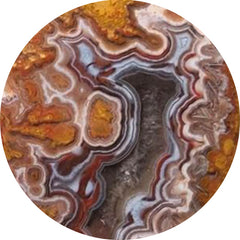 CRAZY LACE AGATE (192)
CRAZY LACE AGATE (192)
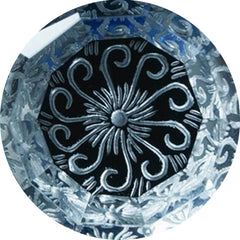 CRYSTAL (252)
CRYSTAL (252)
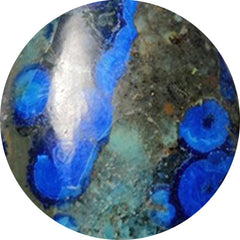 CUPRITE (22)
CUPRITE (22)
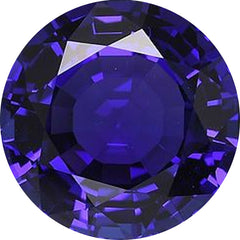 DECEMBER BIRTHSTONE (84)
DECEMBER BIRTHSTONE (84)
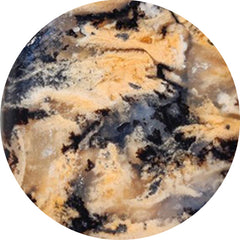 DENDRITIC AGATE (409)
DENDRITIC AGATE (409)
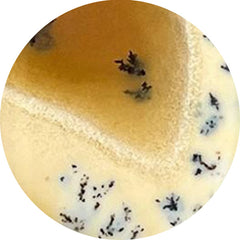 DENDRITIC OPAL (61)
DENDRITIC OPAL (61)
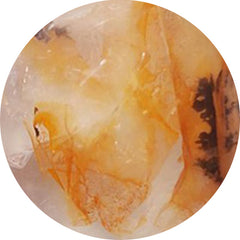 DENDRITIC QUARTZ (2)
DENDRITIC QUARTZ (2)
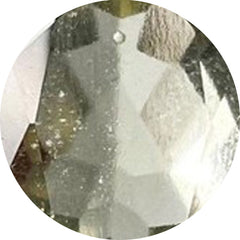 DESERT GLASS (8)
DESERT GLASS (8)
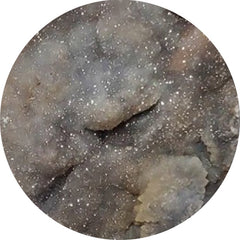 DESERT JASPER DRUZY (5)
DESERT JASPER DRUZY (5)
 DESERT SUNSET JASPER (6)
DESERT SUNSET JASPER (6)
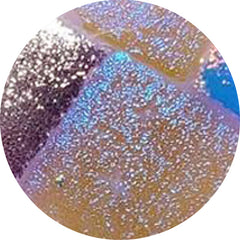 DICHROIC GLASS (143)
DICHROIC GLASS (143)
 DINOSAUR BONE FOSSIL (16)
DINOSAUR BONE FOSSIL (16)
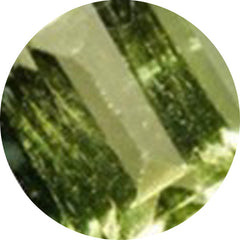 DIOPSIDE (55)
DIOPSIDE (55)
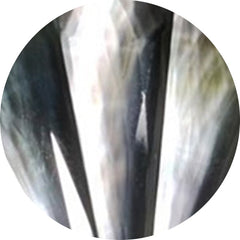 Doublets (757)
Doublets (757)
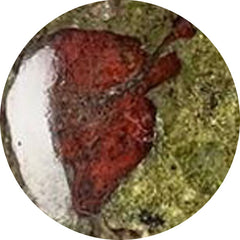 DRAGONBLOOD JASPER (4)
DRAGONBLOOD JASPER (4)
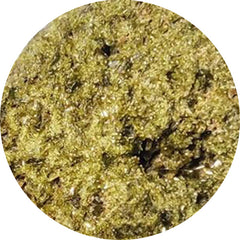 DRUZY (367)
DRUZY (367)
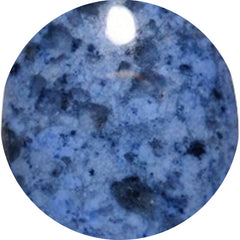 DUMORTIERITE (44)
DUMORTIERITE (44)
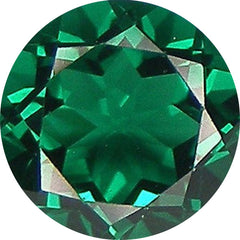 EMERALD (67)
EMERALD (67)
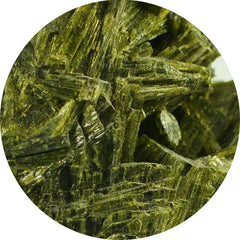 EPIDOTE (10)
EPIDOTE (10)
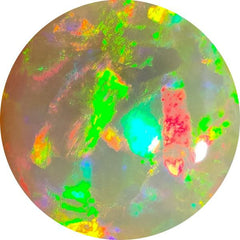 ETHIOPIAN OPAL (10)
ETHIOPIAN OPAL (10)
 EUDIALYTE (21)
EUDIALYTE (21)
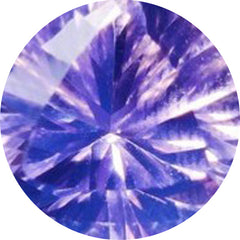 FACETED ROSE CUT (2042)
FACETED ROSE CUT (2042)
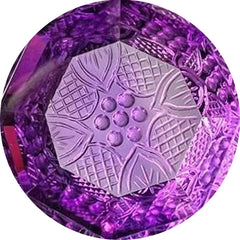 FANTASY CUTS (63)
FANTASY CUTS (63)
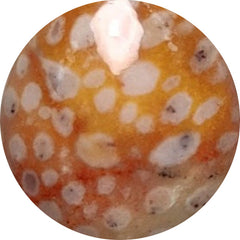 FAWN JASPER (18)
FAWN JASPER (18)
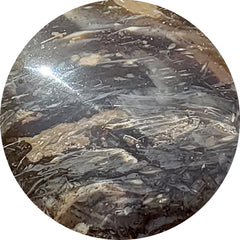 FEATHER AGATE (0)
FEATHER AGATE (0)
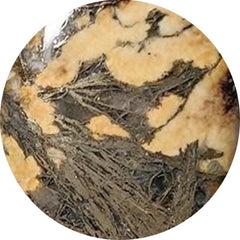 FEATHER PYRITE (42)
FEATHER PYRITE (42)
 FEBRUARY BIRTHSTONE (526)
FEBRUARY BIRTHSTONE (526)
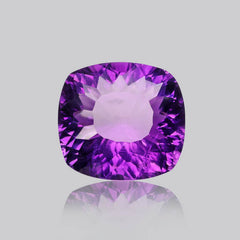 Fine Amethyst (33)
Fine Amethyst (33)
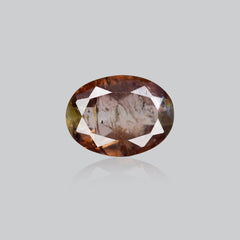 Fine Andalusite (2)
Fine Andalusite (2)
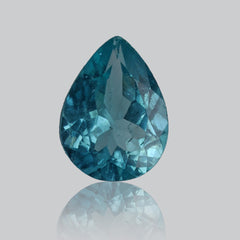 Fine Apatite (10)
Fine Apatite (10)
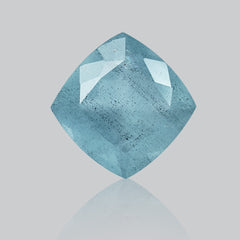 Fine Aquamarine (13)
Fine Aquamarine (13)
 Fine Blue Topaz (60)
Fine Blue Topaz (60)
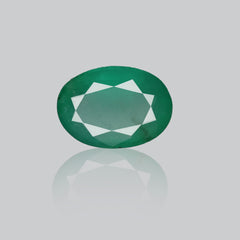 Fine Emerald (17)
Fine Emerald (17)
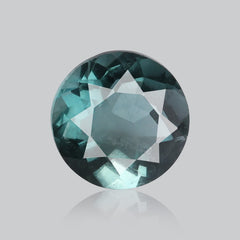 Fine Fluorite (13)
Fine Fluorite (13)
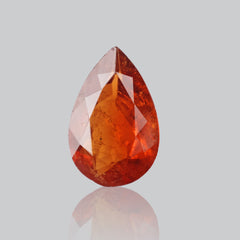 Fine Garnet (31)
Fine Garnet (31)
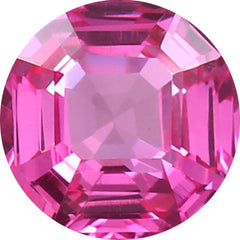 Fine Gemstone (0)
Fine Gemstone (0)
 Fine Iolite (14)
Fine Iolite (14)
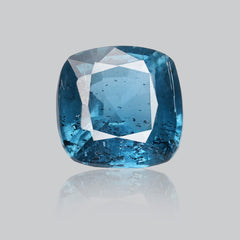 Fine Kyanite (41)
Fine Kyanite (41)
 Fine Moonstone (22)
Fine Moonstone (22)
 Fine Peridot (31)
Fine Peridot (31)
 Fine Prasiolite (34)
Fine Prasiolite (34)
 Fine Sapphire (9)
Fine Sapphire (9)
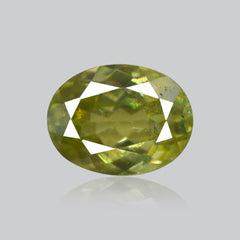 Fine Sphene (17)
Fine Sphene (17)
 Fine Sunstone (8)
Fine Sunstone (8)
 Fine Tanzanite (35)
Fine Tanzanite (35)
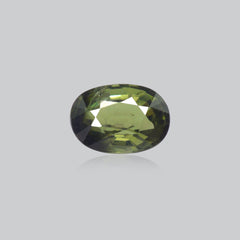 Fine Tourmaline (9)
Fine Tourmaline (9)
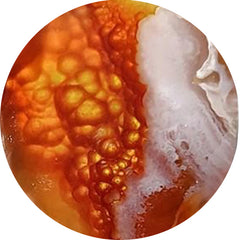 FIRE AGATE (3)
FIRE AGATE (3)
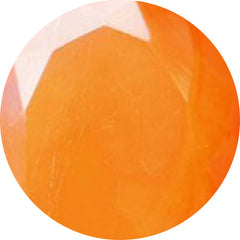 FIRE OPALS (8)
FIRE OPALS (8)
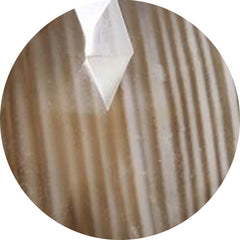 FLINT STONE (9)
FLINT STONE (9)
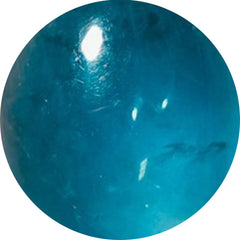 FLUORITE (190)
FLUORITE (190)
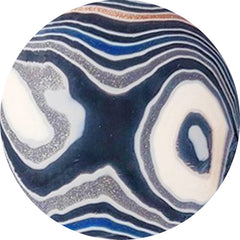 FORDITE (37)
FORDITE (37)
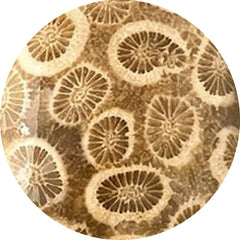 FOSSIL CORAL (297)
FOSSIL CORAL (297)
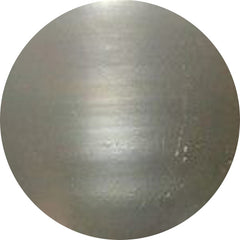 FOSSIL MARSTON MARBLE (4)
FOSSIL MARSTON MARBLE (4)
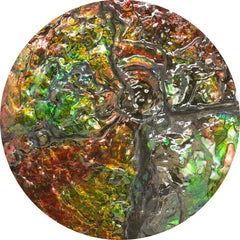 Fossils (514)
Fossils (514)
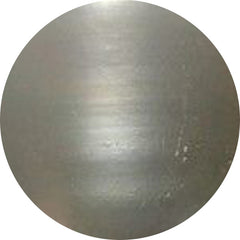 FRESHWATER PEARL (32)
FRESHWATER PEARL (32)
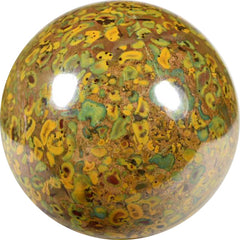 FRUIT JASPER (15)
FRUIT JASPER (15)
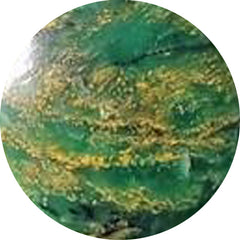 FUCHSITE (7)
FUCHSITE (7)
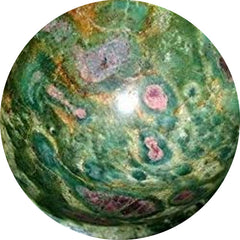 FUSCHITE (11)
FUSCHITE (11)
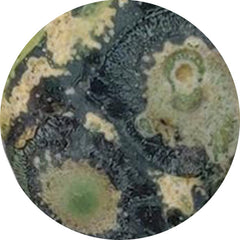 GALAXY JASPER (4)
GALAXY JASPER (4)
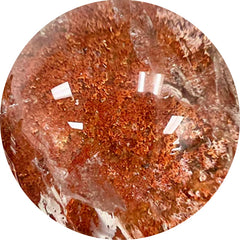 GARDEN QUARTZ (3)
GARDEN QUARTZ (3)
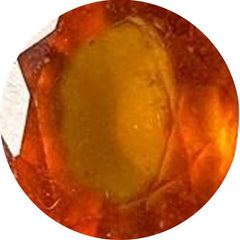 GARNET (116)
GARNET (116)
 GARNET IN LIMESTONE (30)
GARNET IN LIMESTONE (30)
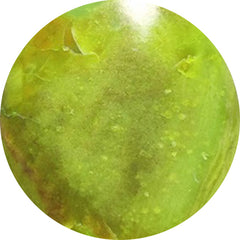 GASPEITE (24)
GASPEITE (24)
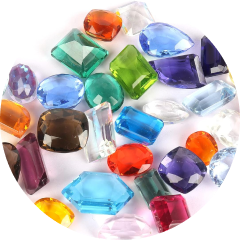 GEMSTONE LOTS (544)
GEMSTONE LOTS (544)
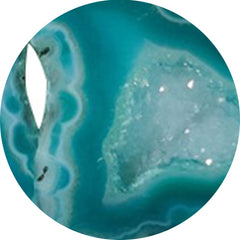 GEODE (26)
GEODE (26)
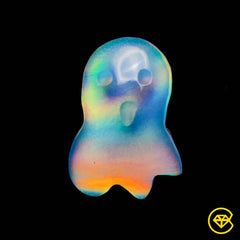 Ghost carving (16)
Ghost carving (16)
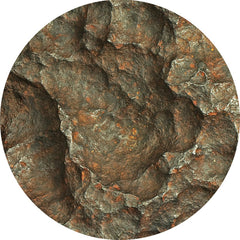 GIBEON METEORITE (0)
GIBEON METEORITE (0)
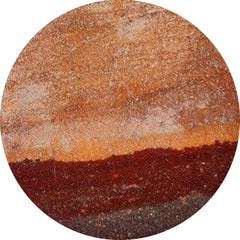 GILA MONSTER AGATE (16)
GILA MONSTER AGATE (16)
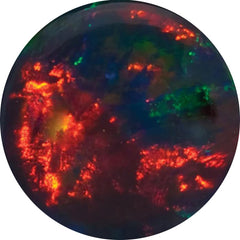 GILSON OPAL (29)
GILSON OPAL (29)
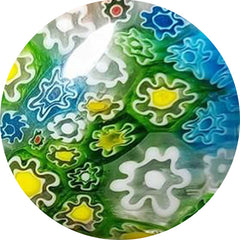 GLASS (160)
GLASS (160)
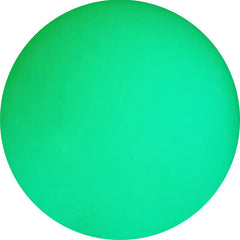 GLOW STONE (15)
GLOW STONE (15)
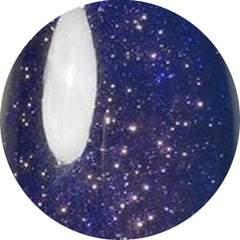 GOLDSTONE (30)
GOLDSTONE (30)
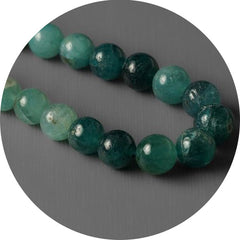 GRANDIDIERITE (11)
GRANDIDIERITE (11)
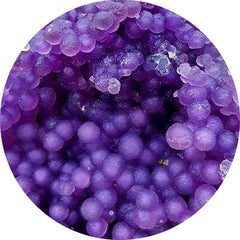 GRAPE AGATE (124)
GRAPE AGATE (124)
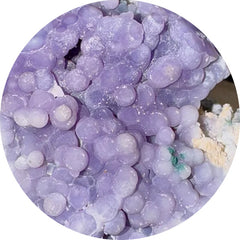 GRAPE CHALCEDONY (4)
GRAPE CHALCEDONY (4)
 Green Gemstones (416)
Green Gemstones (416)
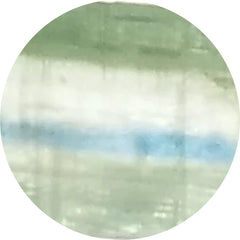 GREEN KYANITE (14)
GREEN KYANITE (14)
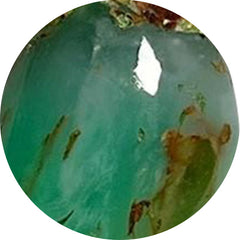 GREEN PRASE OPAL (16)
GREEN PRASE OPAL (16)
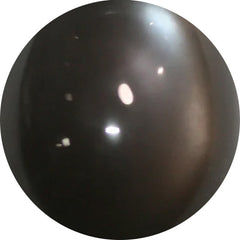 GREY MOONSTONE (35)
GREY MOONSTONE (35)
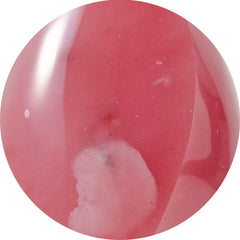 GUAVA QUARTZ (9)
GUAVA QUARTZ (9)
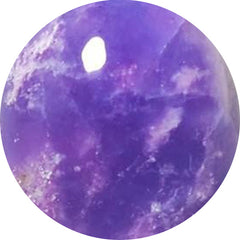 HACKMANITE (12)
HACKMANITE (12)
 Halloween Sale Offers Deals (0)
Halloween Sale Offers Deals (0)
 HEART CARVING (387)
HEART CARVING (387)
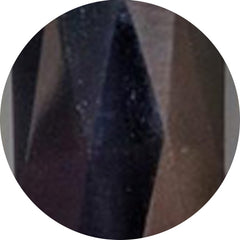 HEMATITE (25)
HEMATITE (25)
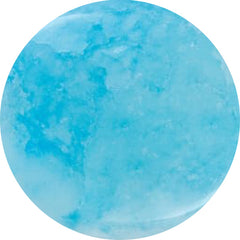 HEMIMORPHITE (57)
HEMIMORPHITE (57)
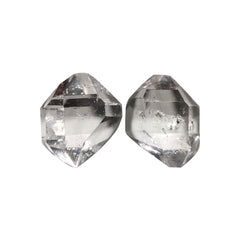 Herkimer Diamond (44)
Herkimer Diamond (44)
 Himalayan Quartz (436)
Himalayan Quartz (436)
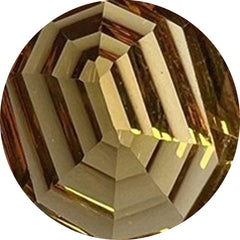 HONEY QUARTZ (22)
HONEY QUARTZ (22)
 HOWARDITE OPAL (5)
HOWARDITE OPAL (5)
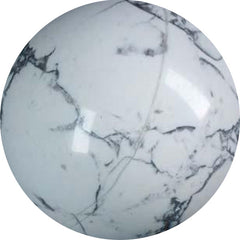 HOWLITE (5)
HOWLITE (5)
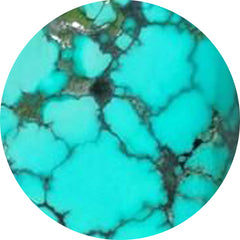 HUBEI TURQUOISE (126)
HUBEI TURQUOISE (126)
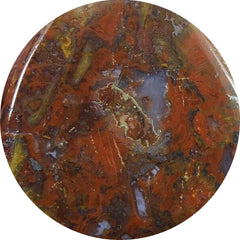 HUNGARIAN AGATE (1)
HUNGARIAN AGATE (1)
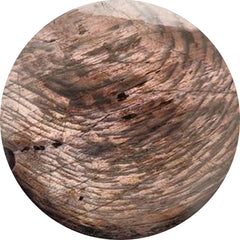 HYPERSTHENE (44)
HYPERSTHENE (44)
 ICE QUARTZ (0)
ICE QUARTZ (0)
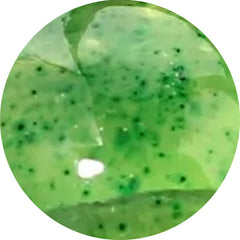 IDOCRASE (0)
IDOCRASE (0)
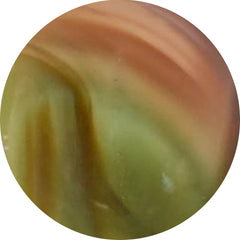 IMPERIAL JASPER (78)
IMPERIAL JASPER (78)
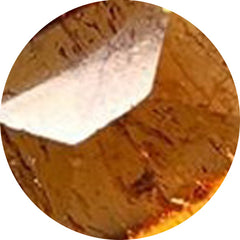 IMPERIAL TOPAZ (1)
IMPERIAL TOPAZ (1)
 INDIAN PAINT STONE (6)
INDIAN PAINT STONE (6)
 IOLITE (109)
IOLITE (109)
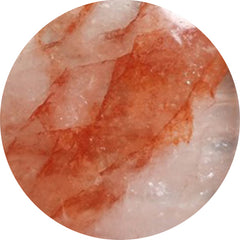 IRON QUARTZ (21)
IRON QUARTZ (21)
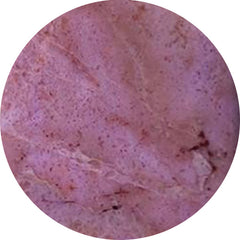 JADE (39)
JADE (39)
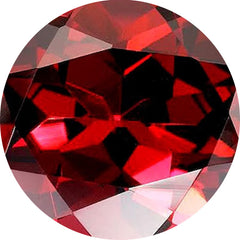 JANUARY BIRTHSTONE (116)
JANUARY BIRTHSTONE (116)
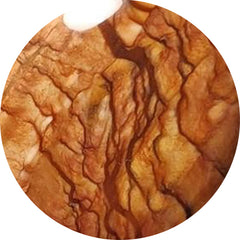 JASPERS (36)
JASPERS (36)
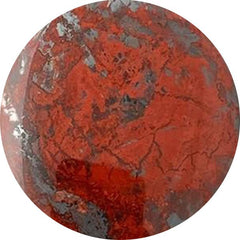 JASPILLITE (8)
JASPILLITE (8)
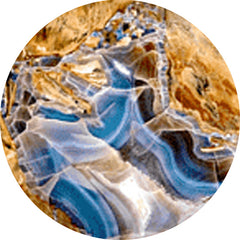 JAVA CHALCEDONY (11)
JAVA CHALCEDONY (11)
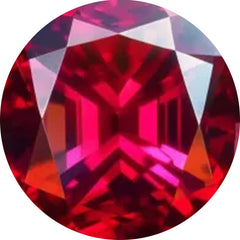 JULY BIRTHSTONE (223)
JULY BIRTHSTONE (223)
 June Birthstones: Moonstone, Pearl, and Alexandrite (562)
June Birthstones: Moonstone, Pearl, and Alexandrite (562)
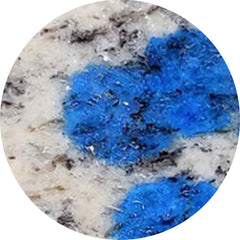 K2 JASPER (9)
K2 JASPER (9)
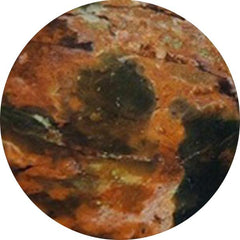 KALEIDOSCOPE AGATE (0)
KALEIDOSCOPE AGATE (0)
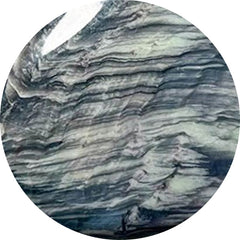 KAMMERERITE (99)
KAMMERERITE (99)
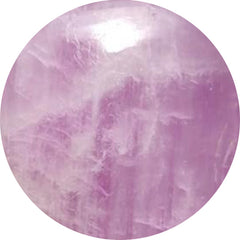 KUNZITE (11)
KUNZITE (11)
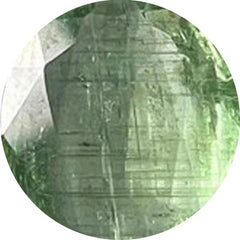 KYANITE (138)
KYANITE (138)
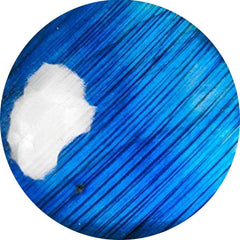 LABRADORITE (302)
LABRADORITE (302)
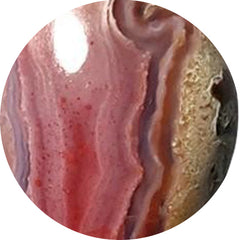 LAGUNA LACE AGATE (58)
LAGUNA LACE AGATE (58)
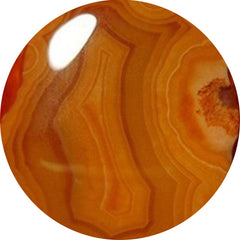 LAKE SUPERIOR AGATE (34)
LAKE SUPERIOR AGATE (34)
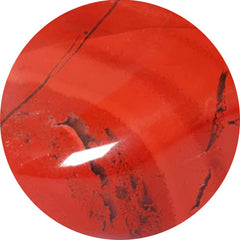 LANDSCAPE JASPER (0)
LANDSCAPE JASPER (0)
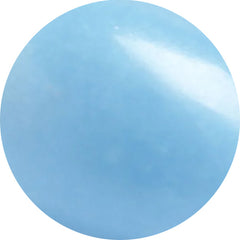 LANGITE (0)
LANGITE (0)
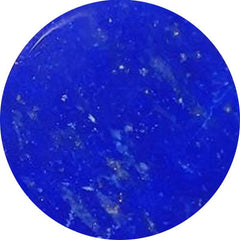 LAPIS LAZULI (175)
LAPIS LAZULI (175)
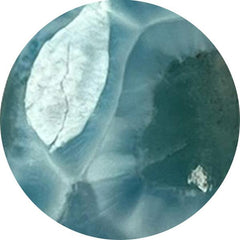 LARIMAR (131)
LARIMAR (131)
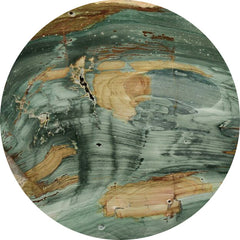 LARSONITE (17)
LARSONITE (17)
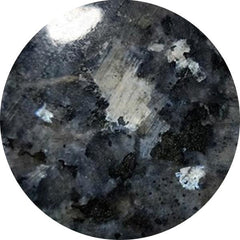 LARVIKITE FELDSPAR (40)
LARVIKITE FELDSPAR (40)
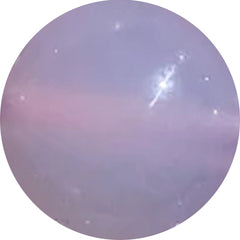 LAVENDER CHALCEDONY (26)
LAVENDER CHALCEDONY (26)
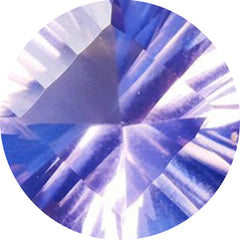 LAVENDER QUARTZ (5)
LAVENDER QUARTZ (5)
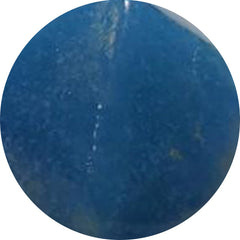 LAZULITE (8)
LAZULITE (8)
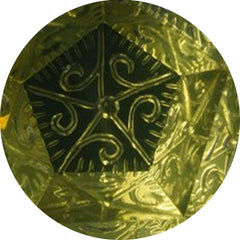 LEMON QUARTZ (40)
LEMON QUARTZ (40)
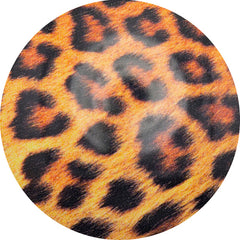 LEOPARD SKIN SHELL (0)
LEOPARD SKIN SHELL (0)
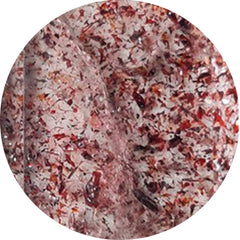 LEPIDOCROCITE (6)
LEPIDOCROCITE (6)
 LEPIDOLITE (44)
LEPIDOLITE (44)
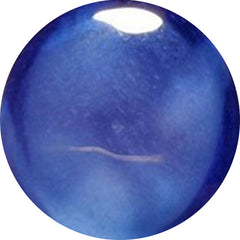 LINDY STAR SAPPHIRE (0)
LINDY STAR SAPPHIRE (0)
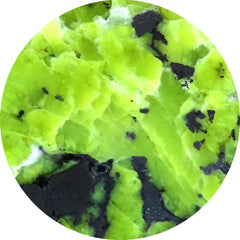 LIZARDITE (50)
LIZARDITE (50)
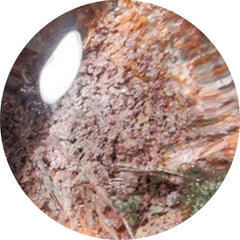 LODOLITE (105)
LODOLITE (105)
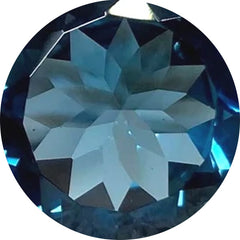 LONDON BLUE TOPAZ (34)
LONDON BLUE TOPAZ (34)
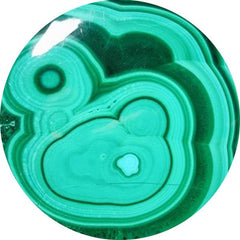 MALACHITE (618)
MALACHITE (618)
 Malawi Moonstone (6)
Malawi Moonstone (6)
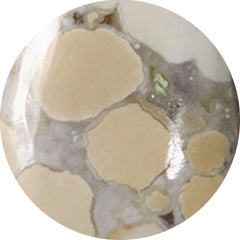 MALIGANO JASPER (45)
MALIGANO JASPER (45)
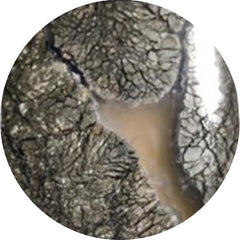 MARCASITE (13)
MARCASITE (13)
 MARCH BIRTHSTONE (73)
MARCH BIRTHSTONE (73)
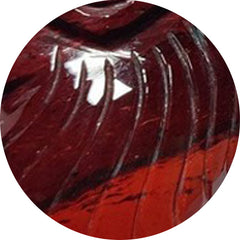 MARY ELLEN JASPER (0)
MARY ELLEN JASPER (0)
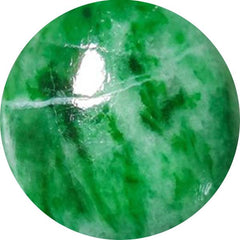 MAW SIT SIT (26)
MAW SIT SIT (26)
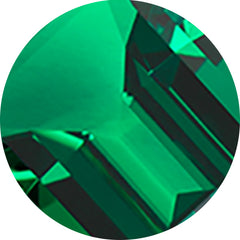 MAY BIRTHSTONE (67)
MAY BIRTHSTONE (67)
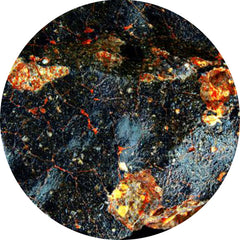 METEORITE (4)
METEORITE (4)
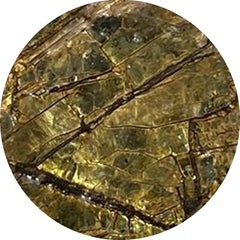 MICA (16)
MICA (16)
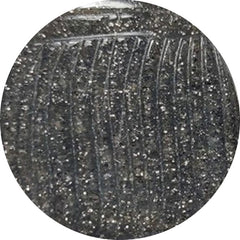 MIDNIGHT QUARTZITE (21)
MIDNIGHT QUARTZITE (21)
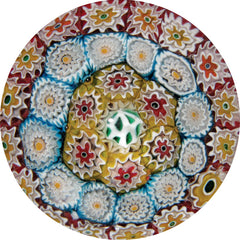 MILLEFIORI GLASS (2)
MILLEFIORI GLASS (2)
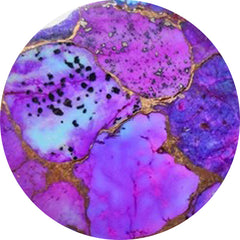 MOHAVE TURQUOISE (153)
MOHAVE TURQUOISE (153)
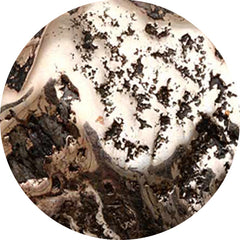 MOHAWKITES (0)
MOHAWKITES (0)
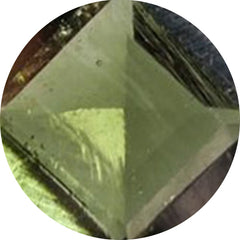 MOLDAVITE (0)
MOLDAVITE (0)
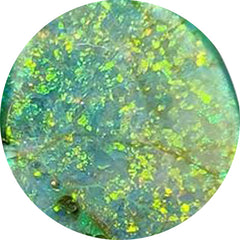 MONARCH OPAL (23)
MONARCH OPAL (23)
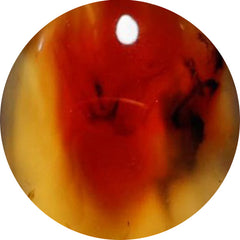 MONTANA AGATE (91)
MONTANA AGATE (91)
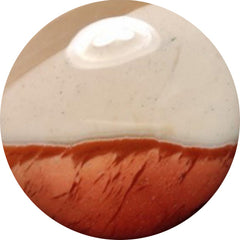 MOOKAITE (37)
MOOKAITE (37)
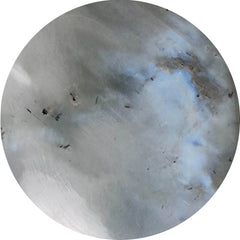 MOONSTONE (258)
MOONSTONE (258)
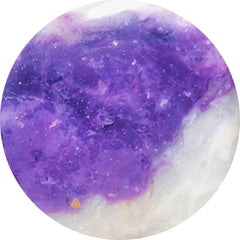 MORADO OPAL (1)
MORADO OPAL (1)
 Morenci Turquoise (0)
Morenci Turquoise (0)
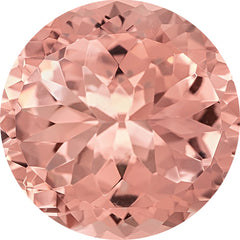 MORGANITE (0)
MORGANITE (0)
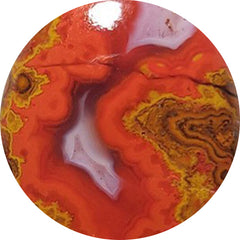 MOROCCAN SEAM AGATE (125)
MOROCCAN SEAM AGATE (125)
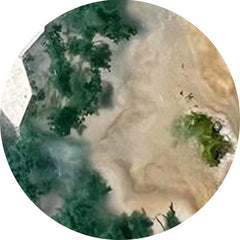 MOSS AGATE (429)
MOSS AGATE (429)
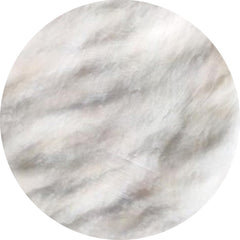 MOTHER OF PEARL (425)
MOTHER OF PEARL (425)
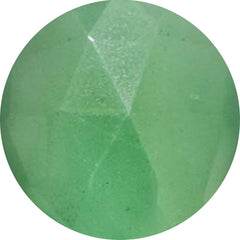 MTOROLITE (36)
MTOROLITE (36)
 Mughal Carving (559)
Mughal Carving (559)
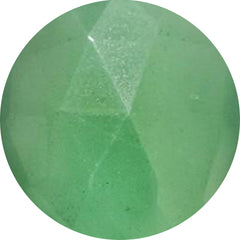 MUSCOVITE (22)
MUSCOVITE (22)
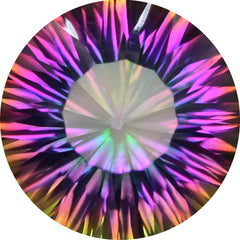 MYSTIC QUARTZ (1)
MYSTIC QUARTZ (1)
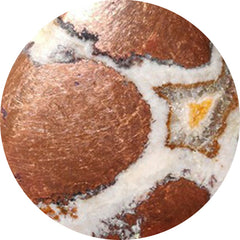 NATIVE COPPER (38)
NATIVE COPPER (38)
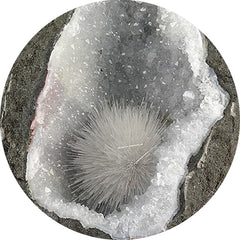 NATROLITE (11)
NATROLITE (11)
 NELLITE (5)
NELLITE (5)
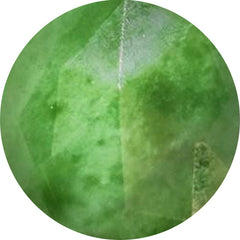 NEPHRITE JADE (5)
NEPHRITE JADE (5)
 New Arrivals (406)
New Arrivals (406)
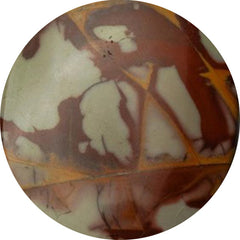 NOREENA JASPER (42)
NOREENA JASPER (42)
 NOVEMBER BIRTHSTONE (100)
NOVEMBER BIRTHSTONE (100)
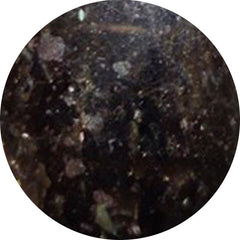 NUUMMITE (0)
NUUMMITE (0)
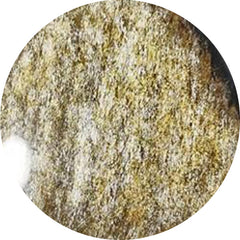 OBSIDIAN (376)
OBSIDIAN (376)
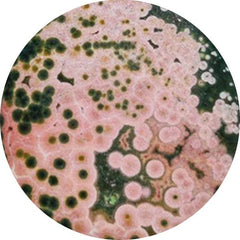 OCEAN JASPER (239)
OCEAN JASPER (239)
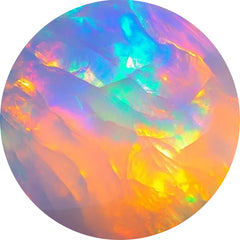 OCTOBER BIRTHSTONE (165)
OCTOBER BIRTHSTONE (165)
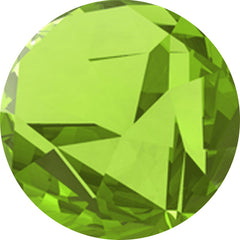 OLIVE QUARTZ (6)
OLIVE QUARTZ (6)
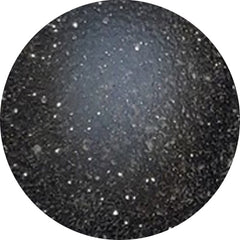 ONYX (251)
ONYX (251)
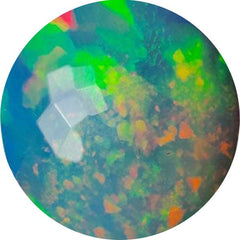 Opal (1085)
Opal (1085)
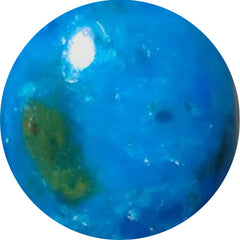 OPALINA (12)
OPALINA (12)
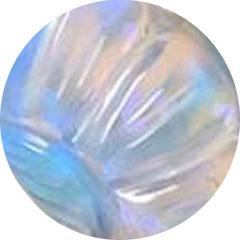 OPALITE (18)
OPALITE (18)
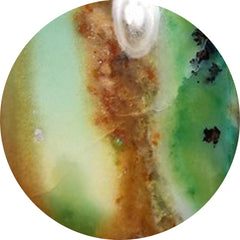 OPALWOOD (6)
OPALWOOD (6)
 Orange Gemstones (305)
Orange Gemstones (305)
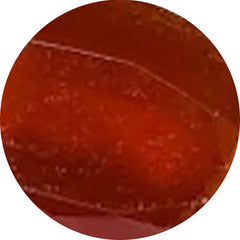 ORANGE KYANITE (6)
ORANGE KYANITE (6)
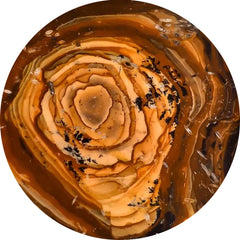 OREGON JASPER (8)
OREGON JASPER (8)
 ORTHOCERAS FOSSIL (47)
ORTHOCERAS FOSSIL (47)
 Out of stock products (3)
Out of stock products (3)
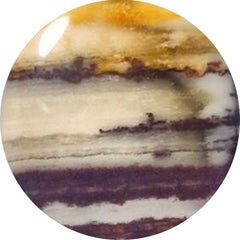 OUTBACK JASPER (6)
OUTBACK JASPER (6)
 OVER $50 (212)
OVER $50 (212)
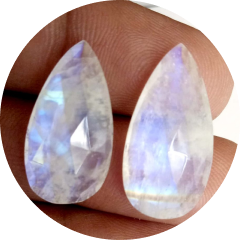 Pairs (1225)
Pairs (1225)
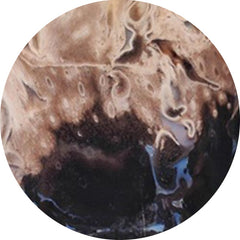 PALMROOT AGATE (70)
PALMROOT AGATE (70)
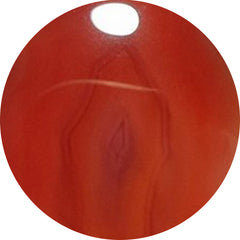 PASSION AGATE (2)
PASSION AGATE (2)
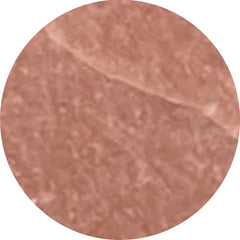 PEACH MOONSTONE (47)
PEACH MOONSTONE (47)
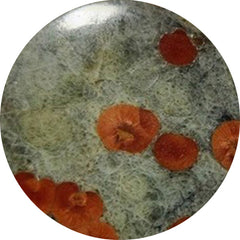 PEANUT OBSIDIAN (48)
PEANUT OBSIDIAN (48)
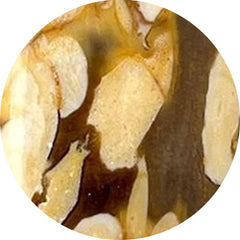 PEANUT WOOD JASPER (94)
PEANUT WOOD JASPER (94)
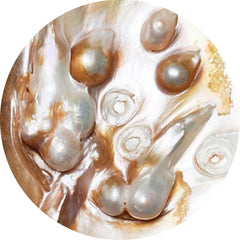 PEARL (562)
PEARL (562)
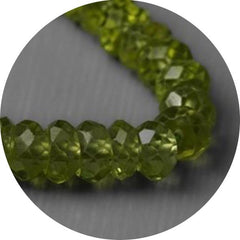 PERIDOT (35)
PERIDOT (35)
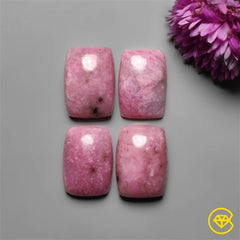 PETALITE (25)
PETALITE (25)
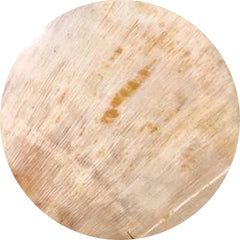 PETRIFIED WOOD (38)
PETRIFIED WOOD (38)
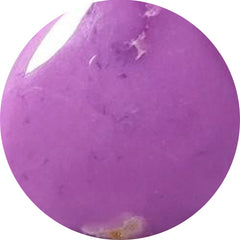 PHOSPHOSIDERITE (104)
PHOSPHOSIDERITE (104)
 PICASSO JASPER (68)
PICASSO JASPER (68)
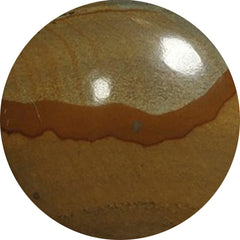 PICTURE JASPER (68)
PICTURE JASPER (68)
 PIETERSITE (72)
PIETERSITE (72)
 Pink Gemstones (439)
Pink Gemstones (439)
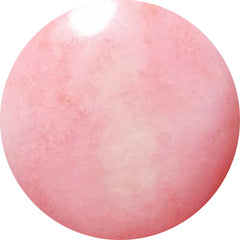 PINK OPAL (159)
PINK OPAL (159)
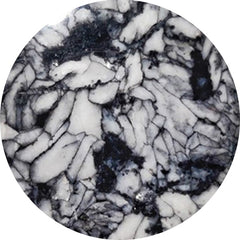 PINOLITH (34)
PINOLITH (34)
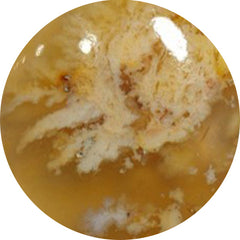 PLUME AGATE (78)
PLUME AGATE (78)
 POLKA DOT AGATE (42)
POLKA DOT AGATE (42)
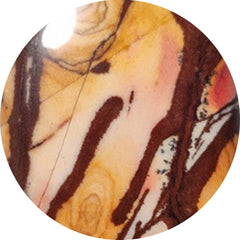 POLYCHROME JASPER (58)
POLYCHROME JASPER (58)
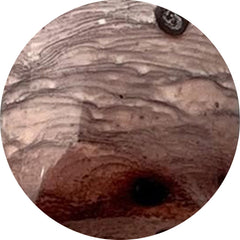 PORCELAIN JASPER (29)
PORCELAIN JASPER (29)
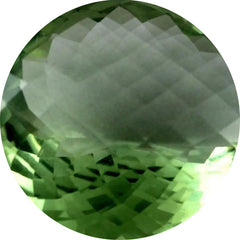 PRASIOLITE (57)
PRASIOLITE (57)
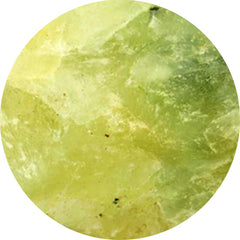 PREHNITE (24)
PREHNITE (24)
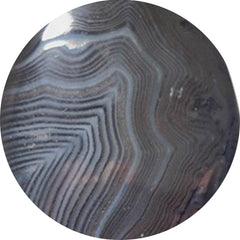 PSILOMELANE (24)
PSILOMELANE (24)
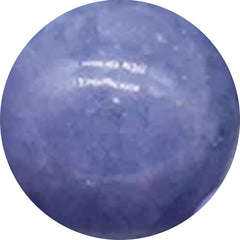 PURPLE CHALCEDONY (44)
PURPLE CHALCEDONY (44)
 Purple Gemstones (844)
Purple Gemstones (844)
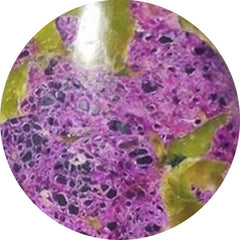 PURPURITE (11)
PURPURITE (11)
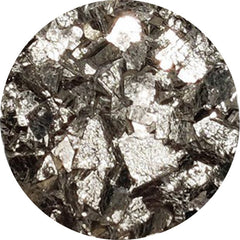 PYRITE (135)
PYRITE (135)
 QUARTZ (62)
QUARTZ (62)
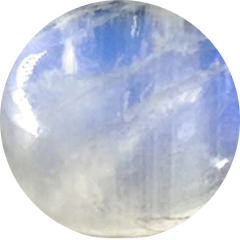 Rain Moonstones (0)
Rain Moonstones (0)
 RAINBOW CALCILICA (17)
RAINBOW CALCILICA (17)
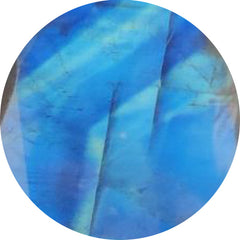 RAINBOW MOONSTONE (89)
RAINBOW MOONSTONE (89)
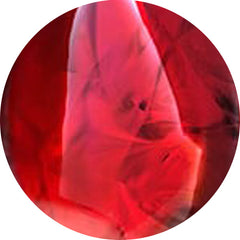 RED FOSSIL (0)
RED FOSSIL (0)
 Red Gemstones (410)
Red Gemstones (410)
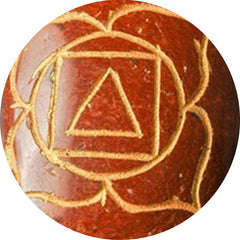 RED JASPER (3)
RED JASPER (3)
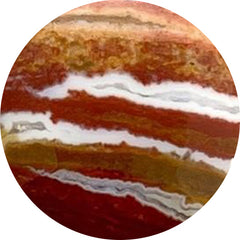 RED RIVER JASPER (18)
RED RIVER JASPER (18)
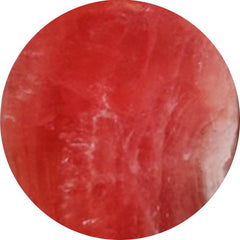 RHODOCHROSITE (349)
RHODOCHROSITE (349)
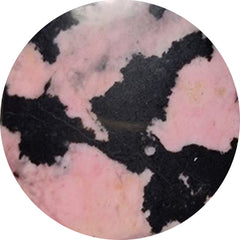 RHODONITE (83)
RHODONITE (83)
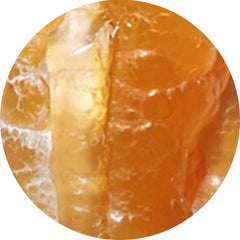 ROCK CHALCEDONY (2)
ROCK CHALCEDONY (2)
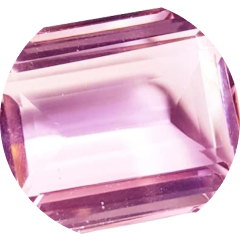 Rose Cut Gemstones (762)
Rose Cut Gemstones (762)
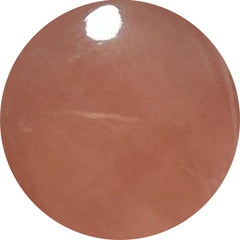 ROSE QUARTZ (69)
ROSE QUARTZ (69)
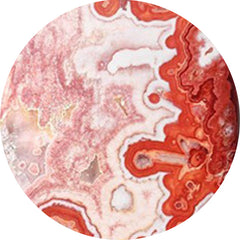 ROSITA JASPER (18)
ROSITA JASPER (18)
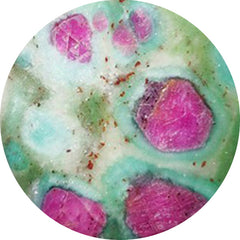 RUBY IN FUCHSITE (6)
RUBY IN FUCHSITE (6)
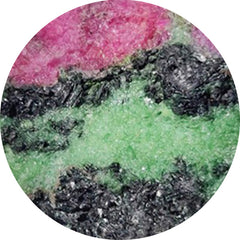 RUBY IN ZOISITE (107)
RUBY IN ZOISITE (107)
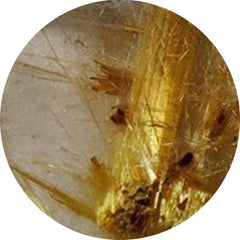 RUTILATED QUARTZ (210)
RUTILATED QUARTZ (210)
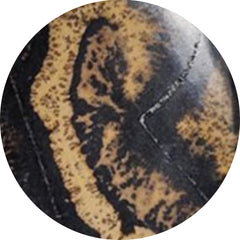 SAGE BRUSH JASPER (0)
SAGE BRUSH JASPER (0)
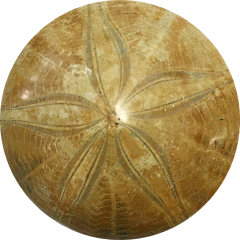 SAND DOLLAR FOSSIL (0)
SAND DOLLAR FOSSIL (0)
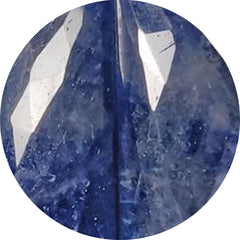 SAPPHIRE (48)
SAPPHIRE (48)
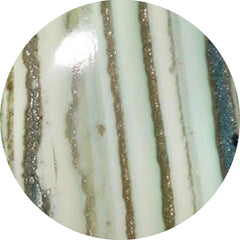 SATURN CHALCEDONY (66)
SATURN CHALCEDONY (66)
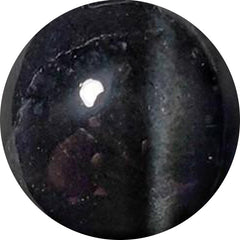 SCAPOLITE (14)
SCAPOLITE (14)
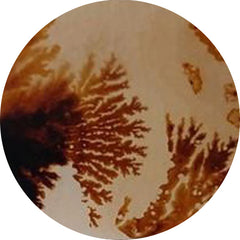 SCENIC AGATE (73)
SCENIC AGATE (73)
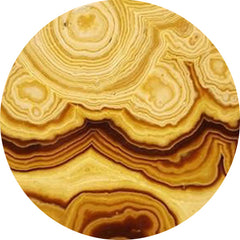 SCHALENBLENDE (98)
SCHALENBLENDE (98)
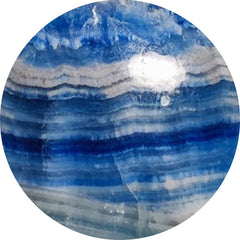 SCHEELITE (41)
SCHEELITE (41)
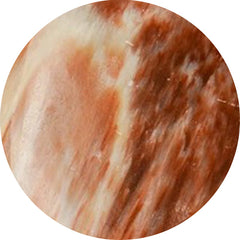 SCOLECITE (52)
SCOLECITE (52)
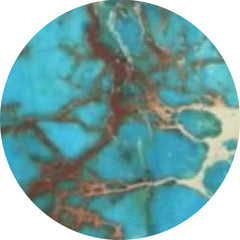 SEA SEDIMENT JASPER (8)
SEA SEDIMENT JASPER (8)
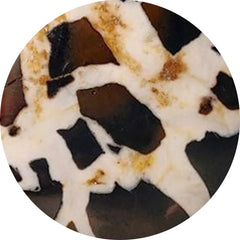 SEPTARIAN (85)
SEPTARIAN (85)
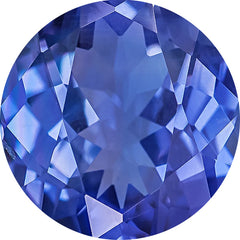 SEPTEMBER BIRTHSTONE (179)
SEPTEMBER BIRTHSTONE (179)
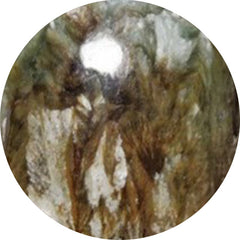 SERAPHINITE (64)
SERAPHINITE (64)
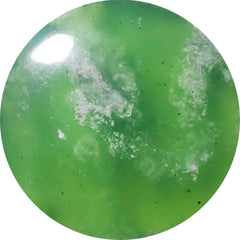 SERPENTINE (183)
SERPENTINE (183)
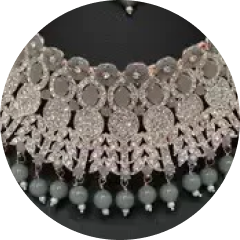 SETS (0)
SETS (0)
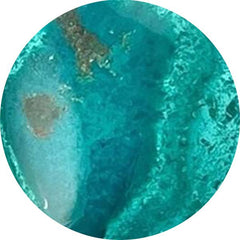 SHATTUCKITE (291)
SHATTUCKITE (291)
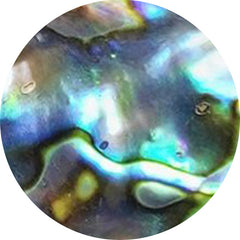 SHELL (264)
SHELL (264)
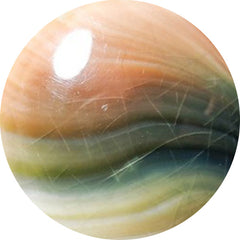 SHIVA EYE SHELL (50)
SHIVA EYE SHELL (50)
 SHUNGITE (5)
SHUNGITE (5)
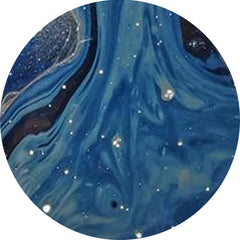 SIEBER AGATE (2)
SIEBER AGATE (2)
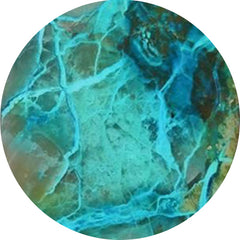 SILICA (6)
SILICA (6)
 Silver Leaf Jasper (16)
Silver Leaf Jasper (16)
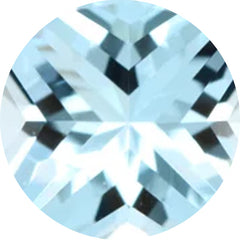 SKY BLUE TOPAZ (7)
SKY BLUE TOPAZ (7)
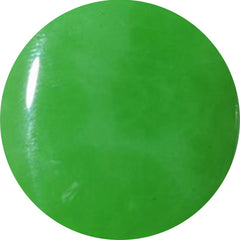 SMITHSONITE (45)
SMITHSONITE (45)
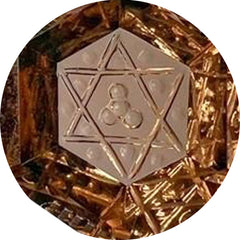 SMOKY QUARTZ (28)
SMOKY QUARTZ (28)
 SNAKESKIN JASPER (65)
SNAKESKIN JASPER (65)
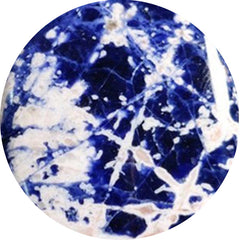 SODALITE (69)
SODALITE (69)
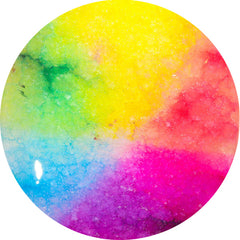 SOLAR AGATE (0)
SOLAR AGATE (0)
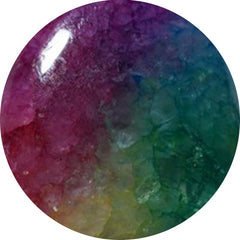 SOLAR QUARTZ (59)
SOLAR QUARTZ (59)
 SONORAN DENDRITIC RHYOLITE (9)
SONORAN DENDRITIC RHYOLITE (9)
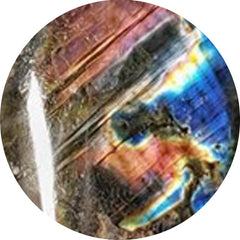 SPECTROLITE (51)
SPECTROLITE (51)
 SPHENCE (22)
SPHENCE (22)
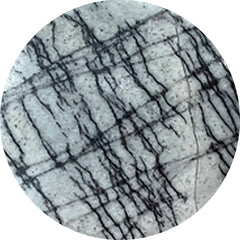 SPIDERWEB JASPER (7)
SPIDERWEB JASPER (7)
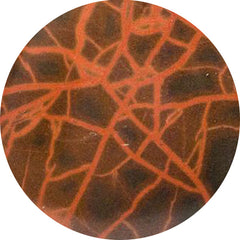 SPIDERWOMAN JASPER (1)
SPIDERWOMAN JASPER (1)
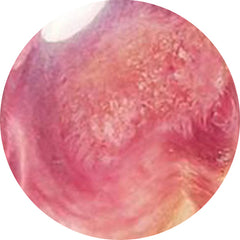 SPINY OYSTER SHELL (37)
SPINY OYSTER SHELL (37)
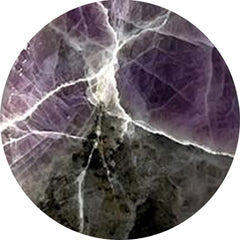 SPURRITE (8)
SPURRITE (8)
 STARBURST (1)
STARBURST (1)
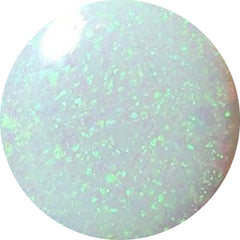 STERLING OPAL (5)
STERLING OPAL (5)
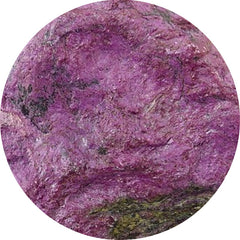 Stichtite (43)
Stichtite (43)
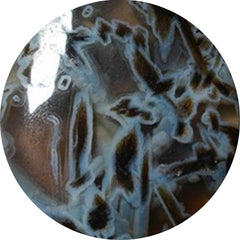 STICK AGATE (15)
STICK AGATE (15)
 STITCHTITE (137)
STITCHTITE (137)
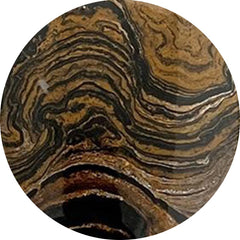 STRAMATOLITE (0)
STRAMATOLITE (0)
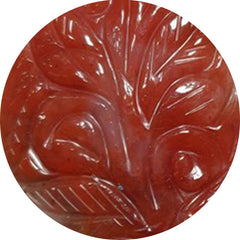 STRAWBERRY QUARTZ (9)
STRAWBERRY QUARTZ (9)
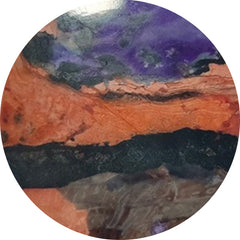 SUGILITE (1)
SUGILITE (1)
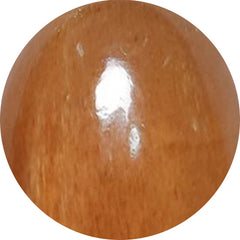 SUNSTONE (176)
SUNSTONE (176)
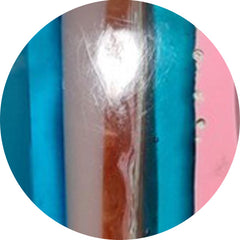 SURFITE (0)
SURFITE (0)
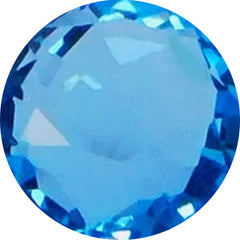 SWISS BLUE TOPAZ (40)
SWISS BLUE TOPAZ (40)
 SWISS OPAL (3)
SWISS OPAL (3)
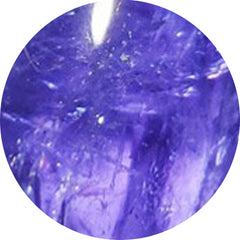 TANZANITE (46)
TANZANITE (46)
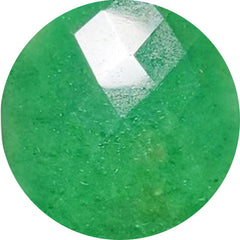 TANZURINE (11)
TANZURINE (11)
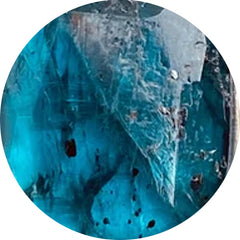 TEAL KYANITE (10)
TEAL KYANITE (10)
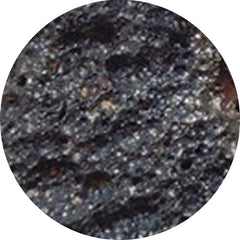 TEKTITE (16)
TEKTITE (16)
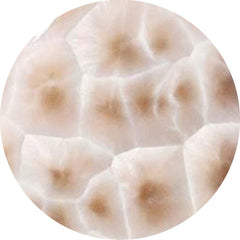 THOMSONITE (32)
THOMSONITE (32)
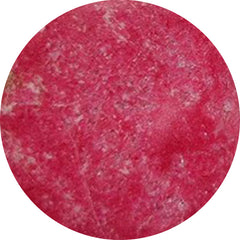 THULITE (86)
THULITE (86)
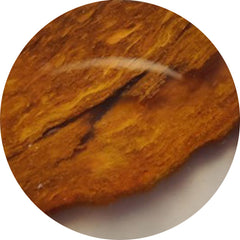 THUNDER EGG AGATE (0)
THUNDER EGG AGATE (0)
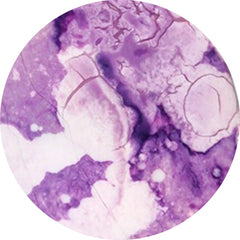 TIFFANY STONE (5)
TIFFANY STONE (5)
 TIGER EYE (74)
TIGER EYE (74)
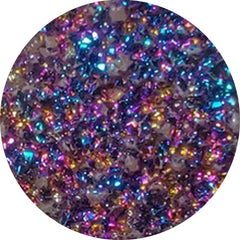 TITANIUM DRUZY (9)
TITANIUM DRUZY (9)
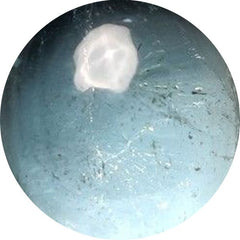 TOPAZ (85)
TOPAZ (85)
 TOURMALINE (168)
TOURMALINE (168)
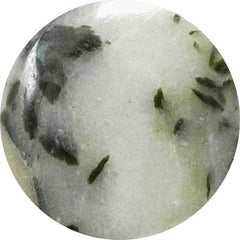 TOURMALINE IN QUARTZ (92)
TOURMALINE IN QUARTZ (92)
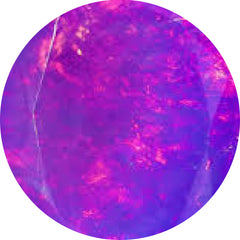 TREATED OPAL (59)
TREATED OPAL (59)
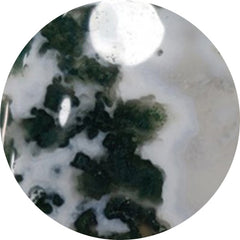 TREE AGATE (33)
TREE AGATE (33)
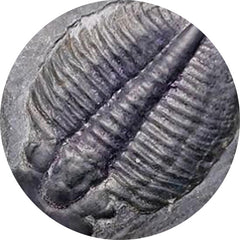 TRILOBITE FOSSIL (10)
TRILOBITE FOSSIL (10)
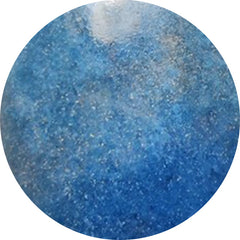 TROLLEITE QUARTZ (40)
TROLLEITE QUARTZ (40)
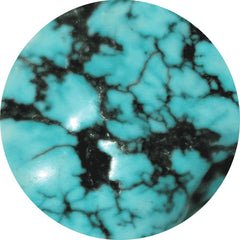 TUMBLES (1)
TUMBLES (1)
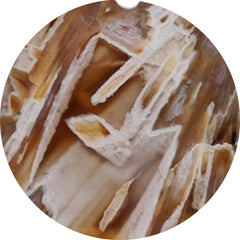 TURKISH TUBE AGATE (82)
TURKISH TUBE AGATE (82)
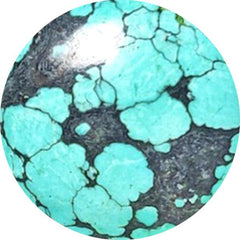 TURQUOISE (492)
TURQUOISE (492)
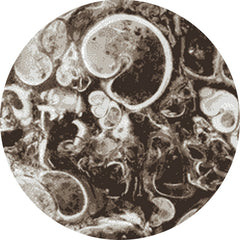 TURRITELLA JASPER (4)
TURRITELLA JASPER (4)
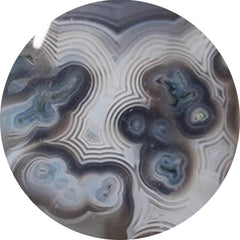 TUXEDO AGATE (57)
TUXEDO AGATE (57)
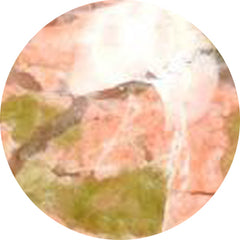 Unakite (4)
Unakite (4)
 UNDER $10 (4047)
UNDER $10 (4047)
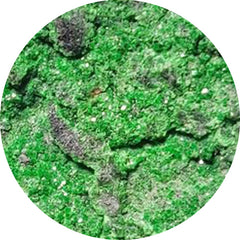 UVAROVITE GARNET (4)
UVAROVITE GARNET (4)
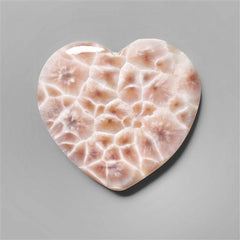 Valentine (790)
Valentine (790)
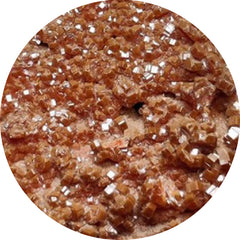 VANADINITE DRUZY (6)
VANADINITE DRUZY (6)
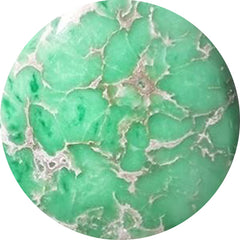 VARISCITE (121)
VARISCITE (121)
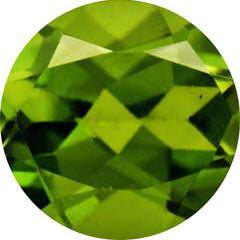 VESUVIANITE (0)
VESUVIANITE (0)
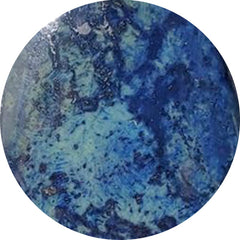 VIVIANITE (0)
VIVIANITE (0)
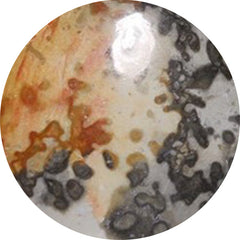 VOLCANIC COTHAM MARBLE (10)
VOLCANIC COTHAM MARBLE (10)
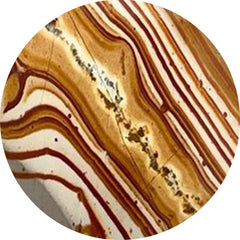 WAGUL JASPER (6)
WAGUL JASPER (6)
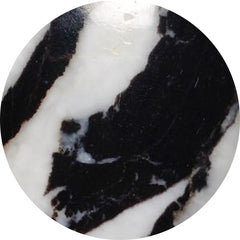 WHITE BUFFALO TURQUOISE (45)
WHITE BUFFALO TURQUOISE (45)
 White Gemstones (992)
White Gemstones (992)
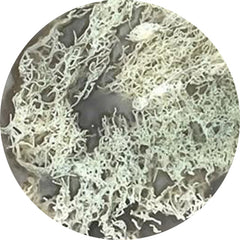 WHITE HORSE CANYON (48)
WHITE HORSE CANYON (48)
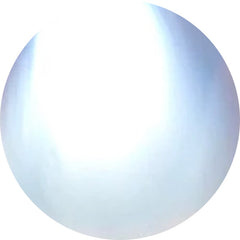 WHITE MOONSTONE (38)
WHITE MOONSTONE (38)
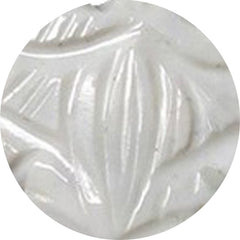 WHITE OPAL (13)
WHITE OPAL (13)
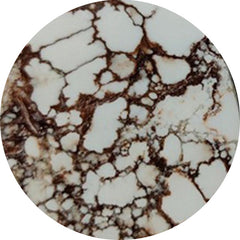 WILD HORSE JASPER (113)
WILD HORSE JASPER (113)
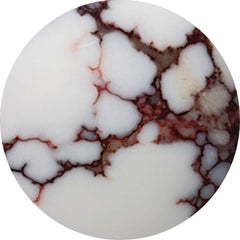 WILD HORSE MAGNESITE (59)
WILD HORSE MAGNESITE (59)
 WILLOW CREEK JASPER (9)
WILLOW CREEK JASPER (9)
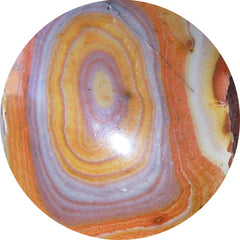 WONDER STONE (4)
WONDER STONE (4)
 WOOD (204)
WOOD (204)
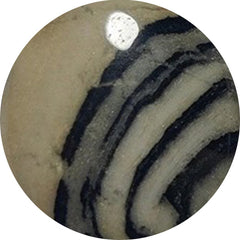 YAVAPAI TRAVERTINE (0)
YAVAPAI TRAVERTINE (0)
 Yellow Gemstones (179)
Yellow Gemstones (179)
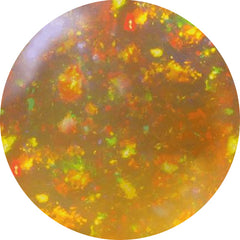 YELLOW OPAL (0)
YELLOW OPAL (0)
 YEMENI AQEEQ (0)
YEMENI AQEEQ (0)
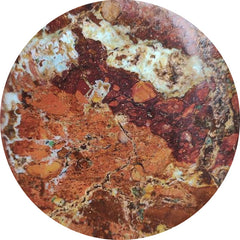 ZARINITE (0)
ZARINITE (0)
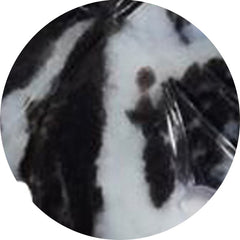 ZEBRA JASPER (1)
ZEBRA JASPER (1)
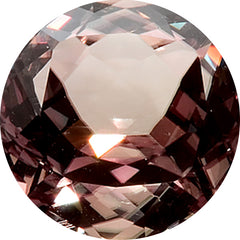 ZULTANITE (6)
ZULTANITE (6)
 ABALONE SHELL (108)
ABALONE SHELL (108)
 ACTINOLITE (6)
ACTINOLITE (6)
 Affordable Gemstones (16955)
Affordable Gemstones (16955)
 AFGHANITE (15)
AFGHANITE (15)
 AGATE (2526)
AGATE (2526)
 AGUA NUEVA (4)
AGUA NUEVA (4)
 All Gemstones (6)
All Gemstones (6)
 AMAZONITE (185)
AMAZONITE (185)
 AMBER (156)
AMBER (156)
 AMETHYST (526)
AMETHYST (526)
 AMETRINE (1)
AMETRINE (1)
 AMMOLITE (38)
AMMOLITE (38)
 AMMONITE (91)
AMMONITE (91)
 ANDALUSITE (2)
ANDALUSITE (2)
 ANDAMOOKA OPAL (4)
ANDAMOOKA OPAL (4)
 ANDESINE (1)
ANDESINE (1)
 ANGELITE (31)
ANGELITE (31)
 APACHE GOLD (28)
APACHE GOLD (28)
 APATITE (150)
APATITE (150)
 APOPHYLLITE (3)
APOPHYLLITE (3)
 APPLE VALLEY AGATE (0)
APPLE VALLEY AGATE (0)
 AQEEQ (0)
AQEEQ (0)
 AQUA CHALCEDONY (17)
AQUA CHALCEDONY (17)
 AQUAMARINE (73)
AQUAMARINE (73)
 AQUAPRASE (53)
AQUAPRASE (53)
 ARAGONITE (2)
ARAGONITE (2)
 ARFVEDSONITE (1)
ARFVEDSONITE (1)
 ARISTOLITE (0)
ARISTOLITE (0)
 ARIZONA TURQUOISE (1)
ARIZONA TURQUOISE (1)
 ARNIOCERAS SEMICOSTATUM FOSSIL (0)
ARNIOCERAS SEMICOSTATUM FOSSIL (0)
 ASTEROID JASPER (11)
ASTEROID JASPER (11)
 ASTROPHYLLITE (52)
ASTROPHYLLITE (52)
 ATLANTASITE (96)
ATLANTASITE (96)
 AURA QUARTZ (0)
AURA QUARTZ (0)
 AURORA OPAL (267)
AURORA OPAL (267)
 AUSTRALIAN OPAL (11)
AUSTRALIAN OPAL (11)
 AVENTURINE (73)
AVENTURINE (73)
 AZURITE (284)
AZURITE (284)
 AZURITE MALACHITE (43)
AZURITE MALACHITE (43)
 BANDED AGATE (60)
BANDED AGATE (60)
 BARBER AGATE (0)
BARBER AGATE (0)
 BARITE (12)
BARITE (12)
 BEER QUARTZ (25)
BEER QUARTZ (25)
 BERBER AGATE (4)
BERBER AGATE (4)
 BIGGS JASPER (19)
BIGGS JASPER (19)
 BIRD EYE JASPER (52)
BIRD EYE JASPER (52)
 BIWA PEARL (39)
BIWA PEARL (39)
 BLACK OPAL (57)
BLACK OPAL (57)
 BLACK SPINEL (20)
BLACK SPINEL (20)
 BLACK STAR (32)
BLACK STAR (32)
 BLISTER PEARL (34)
BLISTER PEARL (34)
 BLOODSHOT IOLITE (32)
BLOODSHOT IOLITE (32)
 BLOODSTONE (83)
BLOODSTONE (83)
 BLUE CHALCEDONY (26)
BLUE CHALCEDONY (26)
 BLUE DIOPSIDE (0)
BLUE DIOPSIDE (0)
 Blue Gemstones (1287)
Blue Gemstones (1287)
 BLUE HORIZON (15)
BLUE HORIZON (15)
 BLUE KYANITE (52)
BLUE KYANITE (52)
 BLUE LACE AGATE (214)
BLUE LACE AGATE (214)
 BLUE MOUNTAIN JASPER (0)
BLUE MOUNTAIN JASPER (0)
 BLUE OPAL (198)
BLUE OPAL (198)
 BLUE QUARTZ (27)
BLUE QUARTZ (27)
 BLUE TOPAZ (84)
BLUE TOPAZ (84)
 BONE (24)
BONE (24)
 BOTSWANA AGATE (248)
BOTSWANA AGATE (248)
 BRONZE (0)
BRONZE (0)
 BRONZITE (3)
BRONZITE (3)
 BRUNEAU JASPER (10)
BRUNEAU JASPER (10)
 BUMBLE BEE JASPER (199)
BUMBLE BEE JASPER (199)
 Buy Gemstones In USA (566)
Buy Gemstones In USA (566)
 CACOXENITE (64)
CACOXENITE (64)
 CALCITE (174)
CALCITE (174)
 Calibrated (212)
Calibrated (212)
 CALSILICA (0)
CALSILICA (0)
 CANDY CORN (6)
CANDY CORN (6)
 CANTERA OPAL (9)
CANTERA OPAL (9)
 CARAMEL OPAL (2)
CARAMEL OPAL (2)
 CARNELIAN AGATE (71)
CARNELIAN AGATE (71)
 CATS EYE (61)
CATS EYE (61)
 CAVANSITE (17)
CAVANSITE (17)
 CELESTOBARITE (6)
CELESTOBARITE (6)
 CERULEITE (0)
CERULEITE (0)
 CHAKRA STONE (1)
CHAKRA STONE (1)
 CHALCEDONY (398)
CHALCEDONY (398)
 CHAROITE (167)
CHAROITE (167)
 CHERRY CREEK JASPER (1)
CHERRY CREEK JASPER (1)
 CHIASTOLITE (18)
CHIASTOLITE (18)
 CHROME CHALCEDONY (79)
CHROME CHALCEDONY (79)
 CHROME DIOPSIDE (22)
CHROME DIOPSIDE (22)
 CHRYSANTHEMUM FOSSIL (0)
CHRYSANTHEMUM FOSSIL (0)
 CHRYSOCOLLA (367)
CHRYSOCOLLA (367)
 Chrysocolla Malachite (74)
Chrysocolla Malachite (74)
 CHRYSOPRASE (274)
CHRYSOPRASE (274)
 CINNABAR (16)
CINNABAR (16)
 CITRINE (102)
CITRINE (102)
 COBALTO CALCITE (56)
COBALTO CALCITE (56)
 COBRA JASPER (32)
COBRA JASPER (32)
 COCONUT JASPER (2)
COCONUT JASPER (2)
 COFFEE BEAN JASPER (2)
COFFEE BEAN JASPER (2)
 CONCH SHELL (12)
CONCH SHELL (12)
 COPPERNITE (0)
COPPERNITE (0)
 CORAL (334)
CORAL (334)
 COVELLITE (13)
COVELLITE (13)
 CRAZY LACE AGATE (192)
CRAZY LACE AGATE (192)
 CRYSTAL (252)
CRYSTAL (252)
 CUPRITE (22)
CUPRITE (22)
 DENDRITIC AGATE (409)
DENDRITIC AGATE (409)
 DENDRITIC OPAL (61)
DENDRITIC OPAL (61)
 DENDRITIC QUARTZ (2)
DENDRITIC QUARTZ (2)
 DESERT GLASS (8)
DESERT GLASS (8)
 DESERT JASPER DRUZY (5)
DESERT JASPER DRUZY (5)
 DESERT SUNSET JASPER (6)
DESERT SUNSET JASPER (6)
 DICHROIC GLASS (143)
DICHROIC GLASS (143)
 DINOSAUR BONE FOSSIL (16)
DINOSAUR BONE FOSSIL (16)
 DIOPSIDE (55)
DIOPSIDE (55)
 DRAGONBLOOD JASPER (4)
DRAGONBLOOD JASPER (4)
 DUMORTIERITE (44)
DUMORTIERITE (44)
 EMERALD (67)
EMERALD (67)
 EPIDOTE (10)
EPIDOTE (10)
 ETHIOPIAN OPAL (10)
ETHIOPIAN OPAL (10)
 EUDIALYTE (21)
EUDIALYTE (21)
 FAWN JASPER (18)
FAWN JASPER (18)
 FEATHER AGATE (0)
FEATHER AGATE (0)
 FEATHER PYRITE (42)
FEATHER PYRITE (42)
 FIRE AGATE (3)
FIRE AGATE (3)
 FIRE OPALS (8)
FIRE OPALS (8)
 FLINT STONE (9)
FLINT STONE (9)
 FLUORITE (190)
FLUORITE (190)
 FORDITE (37)
FORDITE (37)
 FOSSIL CORAL (297)
FOSSIL CORAL (297)
 FOSSIL MARSTON MARBLE (4)
FOSSIL MARSTON MARBLE (4)
 Fossils (514)
Fossils (514)
 FRESHWATER PEARL (32)
FRESHWATER PEARL (32)
 FRUIT JASPER (15)
FRUIT JASPER (15)
 FUCHSITE (7)
FUCHSITE (7)
 FUSCHITE (11)
FUSCHITE (11)
 GALAXY JASPER (4)
GALAXY JASPER (4)
 GARDEN QUARTZ (3)
GARDEN QUARTZ (3)
 GARNET (116)
GARNET (116)
 GARNET IN LIMESTONE (30)
GARNET IN LIMESTONE (30)
 GASPEITE (24)
GASPEITE (24)
 GEODE (26)
GEODE (26)
 GIBEON METEORITE (0)
GIBEON METEORITE (0)
 GILA MONSTER AGATE (16)
GILA MONSTER AGATE (16)
 GILSON OPAL (29)
GILSON OPAL (29)
 GLASS (160)
GLASS (160)
 GLOW STONE (15)
GLOW STONE (15)
 GOLDSTONE (30)
GOLDSTONE (30)
 GRANDIDIERITE (11)
GRANDIDIERITE (11)
 GRAPE AGATE (124)
GRAPE AGATE (124)
 GRAPE CHALCEDONY (4)
GRAPE CHALCEDONY (4)
 GREEN KYANITE (14)
GREEN KYANITE (14)
 GREEN PRASE OPAL (16)
GREEN PRASE OPAL (16)
 GREY MOONSTONE (35)
GREY MOONSTONE (35)
 GUAVA QUARTZ (9)
GUAVA QUARTZ (9)
 HACKMANITE (12)
HACKMANITE (12)
 HEART CARVING (387)
HEART CARVING (387)
 HEMATITE (25)
HEMATITE (25)
 HEMIMORPHITE (57)
HEMIMORPHITE (57)
 Herkimer Diamond (44)
Herkimer Diamond (44)
 Himalayan Quartz (436)
Himalayan Quartz (436)
 HONEY QUARTZ (22)
HONEY QUARTZ (22)
 HOWARDITE OPAL (5)
HOWARDITE OPAL (5)
 HOWLITE (5)
HOWLITE (5)
 HUBEI TURQUOISE (126)
HUBEI TURQUOISE (126)
 HUNGARIAN AGATE (1)
HUNGARIAN AGATE (1)
 HYPERSTHENE (44)
HYPERSTHENE (44)
 ICE QUARTZ (0)
ICE QUARTZ (0)
 IDOCRASE (0)
IDOCRASE (0)
 IMPERIAL JASPER (78)
IMPERIAL JASPER (78)
 IMPERIAL TOPAZ (1)
IMPERIAL TOPAZ (1)
 INDIAN PAINT STONE (6)
INDIAN PAINT STONE (6)
 IOLITE (109)
IOLITE (109)
 IRON QUARTZ (21)
IRON QUARTZ (21)
 JADE (39)
JADE (39)
 JASPERS (36)
JASPERS (36)
 JASPILLITE (8)
JASPILLITE (8)
 JAVA CHALCEDONY (11)
JAVA CHALCEDONY (11)
 June Birthstones: Moonstone, Pearl, and Alexandrite (562)
June Birthstones: Moonstone, Pearl, and Alexandrite (562)
 K2 JASPER (9)
K2 JASPER (9)
 KALEIDOSCOPE AGATE (0)
KALEIDOSCOPE AGATE (0)
 KAMMERERITE (99)
KAMMERERITE (99)
 KUNZITE (11)
KUNZITE (11)
 KYANITE (138)
KYANITE (138)
 LABRADORITE (302)
LABRADORITE (302)
 LAGUNA LACE AGATE (58)
LAGUNA LACE AGATE (58)
 LAKE SUPERIOR AGATE (34)
LAKE SUPERIOR AGATE (34)
 LANDSCAPE JASPER (0)
LANDSCAPE JASPER (0)
 LANGITE (0)
LANGITE (0)
 LAPIS LAZULI (175)
LAPIS LAZULI (175)
 LARIMAR (131)
LARIMAR (131)
 LARSONITE (17)
LARSONITE (17)
 LARVIKITE FELDSPAR (40)
LARVIKITE FELDSPAR (40)
 LAVENDER CHALCEDONY (26)
LAVENDER CHALCEDONY (26)
 LAVENDER QUARTZ (5)
LAVENDER QUARTZ (5)
 LAZULITE (8)
LAZULITE (8)
 LEMON QUARTZ (40)
LEMON QUARTZ (40)
 LEOPARD SKIN SHELL (0)
LEOPARD SKIN SHELL (0)
 LEPIDOCROCITE (6)
LEPIDOCROCITE (6)
 LEPIDOLITE (44)
LEPIDOLITE (44)
 LINDY STAR SAPPHIRE (0)
LINDY STAR SAPPHIRE (0)
 LIZARDITE (50)
LIZARDITE (50)
 LODOLITE (105)
LODOLITE (105)
 LONDON BLUE TOPAZ (34)
LONDON BLUE TOPAZ (34)
 MALACHITE (618)
MALACHITE (618)
 Malawi Moonstone (6)
Malawi Moonstone (6)
 MALIGANO JASPER (45)
MALIGANO JASPER (45)
 MARCASITE (13)
MARCASITE (13)
 MARY ELLEN JASPER (0)
MARY ELLEN JASPER (0)
 MAW SIT SIT (26)
MAW SIT SIT (26)
 METEORITE (4)
METEORITE (4)
 MICA (16)
MICA (16)
 MIDNIGHT QUARTZITE (21)
MIDNIGHT QUARTZITE (21)
 MILLEFIORI GLASS (2)
MILLEFIORI GLASS (2)
 MOHAVE TURQUOISE (153)
MOHAVE TURQUOISE (153)
 MOHAWKITES (0)
MOHAWKITES (0)
 MOLDAVITE (0)
MOLDAVITE (0)
 MONARCH OPAL (23)
MONARCH OPAL (23)
 MONTANA AGATE (91)
MONTANA AGATE (91)
 MOOKAITE (37)
MOOKAITE (37)
 MOONSTONE (258)
MOONSTONE (258)
 MORADO OPAL (1)
MORADO OPAL (1)
 Morenci Turquoise (0)
Morenci Turquoise (0)
 MORGANITE (0)
MORGANITE (0)
 MOROCCAN SEAM AGATE (125)
MOROCCAN SEAM AGATE (125)
 MOSS AGATE (429)
MOSS AGATE (429)
 MOTHER OF PEARL (425)
MOTHER OF PEARL (425)
 MTOROLITE (36)
MTOROLITE (36)
 MUSCOVITE (22)
MUSCOVITE (22)
 MYSTIC QUARTZ (1)
MYSTIC QUARTZ (1)
 NATIVE COPPER (38)
NATIVE COPPER (38)
 NATROLITE (11)
NATROLITE (11)
 NELLITE (5)
NELLITE (5)
 NEPHRITE JADE (5)
NEPHRITE JADE (5)
 NOREENA JASPER (42)
NOREENA JASPER (42)
 NUUMMITE (0)
NUUMMITE (0)
 OBSIDIAN (376)
OBSIDIAN (376)
 OCEAN JASPER (239)
OCEAN JASPER (239)
 OLIVE QUARTZ (6)
OLIVE QUARTZ (6)
 ONYX (251)
ONYX (251)
 Opal (1085)
Opal (1085)
 OPALINA (12)
OPALINA (12)
 OPALITE (18)
OPALITE (18)
 OPALWOOD (6)
OPALWOOD (6)
 ORANGE KYANITE (6)
ORANGE KYANITE (6)
 OREGON JASPER (8)
OREGON JASPER (8)
 ORTHOCERAS FOSSIL (47)
ORTHOCERAS FOSSIL (47)
 Out of stock products (3)
Out of stock products (3)
 OUTBACK JASPER (6)
OUTBACK JASPER (6)
 PALMROOT AGATE (70)
PALMROOT AGATE (70)
 PASSION AGATE (2)
PASSION AGATE (2)
 PEACH MOONSTONE (47)
PEACH MOONSTONE (47)
 PEANUT OBSIDIAN (48)
PEANUT OBSIDIAN (48)
 PEANUT WOOD JASPER (94)
PEANUT WOOD JASPER (94)
 PEARL (562)
PEARL (562)
 PERIDOT (35)
PERIDOT (35)
 PETALITE (25)
PETALITE (25)
 PETRIFIED WOOD (38)
PETRIFIED WOOD (38)
 PHOSPHOSIDERITE (104)
PHOSPHOSIDERITE (104)
 PICASSO JASPER (68)
PICASSO JASPER (68)
 PICTURE JASPER (68)
PICTURE JASPER (68)
 PIETERSITE (72)
PIETERSITE (72)
 PINK OPAL (159)
PINK OPAL (159)
 PINOLITH (34)
PINOLITH (34)
 PLUME AGATE (78)
PLUME AGATE (78)
 POLKA DOT AGATE (42)
POLKA DOT AGATE (42)
 POLYCHROME JASPER (58)
POLYCHROME JASPER (58)
 PORCELAIN JASPER (29)
PORCELAIN JASPER (29)
 PRASIOLITE (57)
PRASIOLITE (57)
 PREHNITE (24)
PREHNITE (24)
 PSILOMELANE (24)
PSILOMELANE (24)
 PURPLE CHALCEDONY (44)
PURPLE CHALCEDONY (44)
 PURPURITE (11)
PURPURITE (11)
 PYRITE (135)
PYRITE (135)
 QUARTZ (62)
QUARTZ (62)
 Rain Moonstones (0)
Rain Moonstones (0)
 RAINBOW CALCILICA (17)
RAINBOW CALCILICA (17)
 RAINBOW MOONSTONE (89)
RAINBOW MOONSTONE (89)
 RED FOSSIL (0)
RED FOSSIL (0)
 RED JASPER (3)
RED JASPER (3)
 RED RIVER JASPER (18)
RED RIVER JASPER (18)
 RHODOCHROSITE (349)
RHODOCHROSITE (349)
 RHODONITE (83)
RHODONITE (83)
 ROCK CHALCEDONY (2)
ROCK CHALCEDONY (2)
 ROSE QUARTZ (69)
ROSE QUARTZ (69)
 ROSITA JASPER (18)
ROSITA JASPER (18)
 RUBY IN FUCHSITE (6)
RUBY IN FUCHSITE (6)
 RUBY IN ZOISITE (107)
RUBY IN ZOISITE (107)
 RUTILATED QUARTZ (210)
RUTILATED QUARTZ (210)
 SAGE BRUSH JASPER (0)
SAGE BRUSH JASPER (0)
 SAND DOLLAR FOSSIL (0)
SAND DOLLAR FOSSIL (0)
 SAPPHIRE (48)
SAPPHIRE (48)
 SATURN CHALCEDONY (66)
SATURN CHALCEDONY (66)
 SCAPOLITE (14)
SCAPOLITE (14)
 SCENIC AGATE (73)
SCENIC AGATE (73)
 SCHALENBLENDE (98)
SCHALENBLENDE (98)
 SCHEELITE (41)
SCHEELITE (41)
 SCOLECITE (52)
SCOLECITE (52)
 SEA SEDIMENT JASPER (8)
SEA SEDIMENT JASPER (8)
 SEPTARIAN (85)
SEPTARIAN (85)
 SERAPHINITE (64)
SERAPHINITE (64)
 SERPENTINE (183)
SERPENTINE (183)
 SHATTUCKITE (291)
SHATTUCKITE (291)
 SHELL (264)
SHELL (264)
 SHIVA EYE SHELL (50)
SHIVA EYE SHELL (50)
 SHUNGITE (5)
SHUNGITE (5)
 SIEBER AGATE (2)
SIEBER AGATE (2)
 SILICA (6)
SILICA (6)
 Silver Leaf Jasper (16)
Silver Leaf Jasper (16)
 SKY BLUE TOPAZ (7)
SKY BLUE TOPAZ (7)
 SMITHSONITE (45)
SMITHSONITE (45)
 SMOKY QUARTZ (28)
SMOKY QUARTZ (28)
 SNAKESKIN JASPER (65)
SNAKESKIN JASPER (65)
 SODALITE (69)
SODALITE (69)
 SOLAR AGATE (0)
SOLAR AGATE (0)
 SOLAR QUARTZ (59)
SOLAR QUARTZ (59)
 SONORAN DENDRITIC RHYOLITE (9)
SONORAN DENDRITIC RHYOLITE (9)
 SPECTROLITE (51)
SPECTROLITE (51)
 SPHENCE (22)
SPHENCE (22)
 SPIDERWEB JASPER (7)
SPIDERWEB JASPER (7)
 SPIDERWOMAN JASPER (1)
SPIDERWOMAN JASPER (1)
 SPINY OYSTER SHELL (37)
SPINY OYSTER SHELL (37)
 SPURRITE (8)
SPURRITE (8)
 STARBURST (1)
STARBURST (1)
 STERLING OPAL (5)
STERLING OPAL (5)
 Stichtite (43)
Stichtite (43)
 STICK AGATE (15)
STICK AGATE (15)
 STITCHTITE (137)
STITCHTITE (137)
 STRAMATOLITE (0)
STRAMATOLITE (0)
 STRAWBERRY QUARTZ (9)
STRAWBERRY QUARTZ (9)
 SUGILITE (1)
SUGILITE (1)
 SUNSTONE (176)
SUNSTONE (176)
 SURFITE (0)
SURFITE (0)
 SWISS BLUE TOPAZ (40)
SWISS BLUE TOPAZ (40)
 SWISS OPAL (3)
SWISS OPAL (3)
 TANZANITE (46)
TANZANITE (46)
 TANZURINE (11)
TANZURINE (11)
 TEAL KYANITE (10)
TEAL KYANITE (10)
 TEKTITE (16)
TEKTITE (16)
 THOMSONITE (32)
THOMSONITE (32)
 THULITE (86)
THULITE (86)
 THUNDER EGG AGATE (0)
THUNDER EGG AGATE (0)
 TIFFANY STONE (5)
TIFFANY STONE (5)
 TIGER EYE (74)
TIGER EYE (74)
 TITANIUM DRUZY (9)
TITANIUM DRUZY (9)
 TOPAZ (85)
TOPAZ (85)
 TOURMALINE (168)
TOURMALINE (168)
 TOURMALINE IN QUARTZ (92)
TOURMALINE IN QUARTZ (92)
 TREATED OPAL (59)
TREATED OPAL (59)
 TREE AGATE (33)
TREE AGATE (33)
 TRILOBITE FOSSIL (10)
TRILOBITE FOSSIL (10)
 TROLLEITE QUARTZ (40)
TROLLEITE QUARTZ (40)
 TUMBLES (1)
TUMBLES (1)
 TURKISH TUBE AGATE (82)
TURKISH TUBE AGATE (82)
 TURQUOISE (492)
TURQUOISE (492)
 TURRITELLA JASPER (4)
TURRITELLA JASPER (4)
 TUXEDO AGATE (57)
TUXEDO AGATE (57)
 Unakite (4)
Unakite (4)
 UVAROVITE GARNET (4)
UVAROVITE GARNET (4)
 Valentine (790)
Valentine (790)
 VANADINITE DRUZY (6)
VANADINITE DRUZY (6)
 VARISCITE (121)
VARISCITE (121)
 VESUVIANITE (0)
VESUVIANITE (0)
 VIVIANITE (0)
VIVIANITE (0)
 VOLCANIC COTHAM MARBLE (10)
VOLCANIC COTHAM MARBLE (10)
 WAGUL JASPER (6)
WAGUL JASPER (6)
 WHITE BUFFALO TURQUOISE (45)
WHITE BUFFALO TURQUOISE (45)
 WHITE HORSE CANYON (48)
WHITE HORSE CANYON (48)
 WHITE MOONSTONE (38)
WHITE MOONSTONE (38)
 WHITE OPAL (13)
WHITE OPAL (13)
 WILD HORSE JASPER (113)
WILD HORSE JASPER (113)
 WILD HORSE MAGNESITE (59)
WILD HORSE MAGNESITE (59)
 WILLOW CREEK JASPER (9)
WILLOW CREEK JASPER (9)
 WONDER STONE (4)
WONDER STONE (4)
 WOOD (204)
WOOD (204)
 YAVAPAI TRAVERTINE (0)
YAVAPAI TRAVERTINE (0)
 YELLOW OPAL (0)
YELLOW OPAL (0)
 YEMENI AQEEQ (0)
YEMENI AQEEQ (0)
 ZARINITE (0)
ZARINITE (0)
 ZEBRA JASPER (1)
ZEBRA JASPER (1)
 ZULTANITE (6)
ZULTANITE (6)
 ABALONE SHELL (108)
ABALONE SHELL (108)
 ACTINOLITE (6)
ACTINOLITE (6)
 Affordable Gemstones (16955)
Affordable Gemstones (16955)
 AFGHANITE (15)
AFGHANITE (15)
 AGATE (2526)
AGATE (2526)
 AGUA NUEVA (4)
AGUA NUEVA (4)
 All Gemstones (6)
All Gemstones (6)
 AMAZONITE (185)
AMAZONITE (185)
 AMBER (156)
AMBER (156)
 AMETHYST (526)
AMETHYST (526)
 AMETRINE (1)
AMETRINE (1)
 AMMOLITE (38)
AMMOLITE (38)
 AMMONITE (91)
AMMONITE (91)
 ANDALUSITE (2)
ANDALUSITE (2)
 ANDAMOOKA OPAL (4)
ANDAMOOKA OPAL (4)
 ANDESINE (1)
ANDESINE (1)
 ANGELITE (31)
ANGELITE (31)
 APACHE GOLD (28)
APACHE GOLD (28)
 APATITE (150)
APATITE (150)
 APOPHYLLITE (3)
APOPHYLLITE (3)
 APPLE VALLEY AGATE (0)
APPLE VALLEY AGATE (0)
 APRIL BIRTHSTONE (44)
APRIL BIRTHSTONE (44)
 AQEEQ (0)
AQEEQ (0)
 AQUA CHALCEDONY (17)
AQUA CHALCEDONY (17)
 AQUAMARINE (73)
AQUAMARINE (73)
 AQUAPRASE (53)
AQUAPRASE (53)
 ARAGONITE (2)
ARAGONITE (2)
 ARFVEDSONITE (1)
ARFVEDSONITE (1)
 ARISTOLITE (0)
ARISTOLITE (0)
 ARIZONA TURQUOISE (1)
ARIZONA TURQUOISE (1)
 ARNIOCERAS SEMICOSTATUM FOSSIL (0)
ARNIOCERAS SEMICOSTATUM FOSSIL (0)
 ASTEROID JASPER (11)
ASTEROID JASPER (11)
 ASTROPHYLLITE (52)
ASTROPHYLLITE (52)
 ATLANTASITE (96)
ATLANTASITE (96)
 AUGUST BIRTHSTONE (35)
AUGUST BIRTHSTONE (35)
 AURA QUARTZ (0)
AURA QUARTZ (0)
 AURORA OPAL (267)
AURORA OPAL (267)
 AUSTRALIAN OPAL (11)
AUSTRALIAN OPAL (11)
 AVENTURINE (73)
AVENTURINE (73)
 AZURITE (284)
AZURITE (284)
 AZURITE MALACHITE (43)
AZURITE MALACHITE (43)
 BANDED AGATE (60)
BANDED AGATE (60)
 BARBER AGATE (0)
BARBER AGATE (0)
 BARITE (12)
BARITE (12)
 Beads (60)
Beads (60)
 BEER QUARTZ (25)
BEER QUARTZ (25)
 BERBER AGATE (4)
BERBER AGATE (4)
 Best Offer Black Friday Sale (0)
Best Offer Black Friday Sale (0)
 Best Seller (0)
Best Seller (0)
 BIGGS JASPER (19)
BIGGS JASPER (19)
 Bird Carving (99)
Bird Carving (99)
 BIRD EYE JASPER (52)
BIRD EYE JASPER (52)
 Birthstones (0)
Birthstones (0)
 BIWA PEARL (39)
BIWA PEARL (39)
 Black Gemstones (798)
Black Gemstones (798)
 BLACK OPAL (57)
BLACK OPAL (57)
 BLACK SPINEL (20)
BLACK SPINEL (20)
 BLACK STAR (32)
BLACK STAR (32)
 BLISTER PEARL (34)
BLISTER PEARL (34)
 BLOODSHOT IOLITE (32)
BLOODSHOT IOLITE (32)
 BLOODSTONE (83)
BLOODSTONE (83)
 BLUE CHALCEDONY (26)
BLUE CHALCEDONY (26)
 BLUE DIOPSIDE (0)
BLUE DIOPSIDE (0)
 Blue Gemstones (1287)
Blue Gemstones (1287)
 BLUE HORIZON (15)
BLUE HORIZON (15)
 BLUE KYANITE (52)
BLUE KYANITE (52)
 BLUE LACE AGATE (214)
BLUE LACE AGATE (214)
 BLUE MOUNTAIN JASPER (0)
BLUE MOUNTAIN JASPER (0)
 BLUE OPAL (198)
BLUE OPAL (198)
 BLUE QUARTZ (27)
BLUE QUARTZ (27)
 BLUE TOPAZ (84)
BLUE TOPAZ (84)
 BONE (24)
BONE (24)
 BOTSWANA AGATE (248)
BOTSWANA AGATE (248)
 BRONZE (0)
BRONZE (0)
 BRONZITE (3)
BRONZITE (3)
 BRUNEAU JASPER (10)
BRUNEAU JASPER (10)
 BUMBLE BEE JASPER (199)
BUMBLE BEE JASPER (199)
 Buy Gemstones In USA (566)
Buy Gemstones In USA (566)
 Cabochon (0)
Cabochon (0)
 Cabochons (12948)
Cabochons (12948)
 CACOXENITE (64)
CACOXENITE (64)
 CALCITE (174)
CALCITE (174)
 Calibrated (212)
Calibrated (212)
 CALSILICA (0)
CALSILICA (0)
 CANDY CORN (6)
CANDY CORN (6)
 CANTERA OPAL (9)
CANTERA OPAL (9)
 CARAMEL OPAL (2)
CARAMEL OPAL (2)
 CARNELIAN AGATE (71)
CARNELIAN AGATE (71)
 CARVING (1836)
CARVING (1836)
 Carvings (2058)
Carvings (2058)
 CATS EYE (61)
CATS EYE (61)
 CAVANSITE (17)
CAVANSITE (17)
 CELESTOBARITE (6)
CELESTOBARITE (6)
 CERULEITE (0)
CERULEITE (0)
 CHAKRA STONE (1)
CHAKRA STONE (1)
 CHALCEDONY (398)
CHALCEDONY (398)
 CHAROITE (167)
CHAROITE (167)
 CHERRY CREEK JASPER (1)
CHERRY CREEK JASPER (1)
 CHIASTOLITE (18)
CHIASTOLITE (18)
 Christmas New Year Sale (0)
Christmas New Year Sale (0)
 CHROME CHALCEDONY (79)
CHROME CHALCEDONY (79)
 CHROME DIOPSIDE (22)
CHROME DIOPSIDE (22)
 CHRYSANTHEMUM FOSSIL (0)
CHRYSANTHEMUM FOSSIL (0)
 CHRYSOCOLLA (367)
CHRYSOCOLLA (367)
 Chrysocolla Malachite (74)
Chrysocolla Malachite (74)
 CHRYSOPRASE (274)
CHRYSOPRASE (274)
 CINNABAR (16)
CINNABAR (16)
 CITRINE (102)
CITRINE (102)
 COBALTO CALCITE (56)
COBALTO CALCITE (56)
 COBRA JASPER (32)
COBRA JASPER (32)
 COCONUT JASPER (2)
COCONUT JASPER (2)
 COFFEE BEAN JASPER (2)
COFFEE BEAN JASPER (2)
 CONCH SHELL (12)
CONCH SHELL (12)
 COPPERNITE (0)
COPPERNITE (0)
 CORAL (334)
CORAL (334)
 COVELLITE (13)
COVELLITE (13)
 CRAZY LACE AGATE (192)
CRAZY LACE AGATE (192)
 CRYSTAL (252)
CRYSTAL (252)
 CUPRITE (22)
CUPRITE (22)
 DECEMBER BIRTHSTONE (84)
DECEMBER BIRTHSTONE (84)
 DENDRITIC AGATE (409)
DENDRITIC AGATE (409)
 DENDRITIC OPAL (61)
DENDRITIC OPAL (61)
 DENDRITIC QUARTZ (2)
DENDRITIC QUARTZ (2)
 DESERT GLASS (8)
DESERT GLASS (8)
 DESERT JASPER DRUZY (5)
DESERT JASPER DRUZY (5)
 DESERT SUNSET JASPER (6)
DESERT SUNSET JASPER (6)
 DICHROIC GLASS (143)
DICHROIC GLASS (143)
 DINOSAUR BONE FOSSIL (16)
DINOSAUR BONE FOSSIL (16)
 DIOPSIDE (55)
DIOPSIDE (55)
 Doublets (757)
Doublets (757)
 DRAGONBLOOD JASPER (4)
DRAGONBLOOD JASPER (4)
 DRUZY (367)
DRUZY (367)
 DUMORTIERITE (44)
DUMORTIERITE (44)
 EMERALD (67)
EMERALD (67)
 EPIDOTE (10)
EPIDOTE (10)
 ETHIOPIAN OPAL (10)
ETHIOPIAN OPAL (10)
 EUDIALYTE (21)
EUDIALYTE (21)
 FACETED ROSE CUT (2042)
FACETED ROSE CUT (2042)
 FANTASY CUTS (63)
FANTASY CUTS (63)
 FAWN JASPER (18)
FAWN JASPER (18)
 FEATHER AGATE (0)
FEATHER AGATE (0)
 FEATHER PYRITE (42)
FEATHER PYRITE (42)
 FEBRUARY BIRTHSTONE (526)
FEBRUARY BIRTHSTONE (526)
 Fine Amethyst (33)
Fine Amethyst (33)
 Fine Andalusite (2)
Fine Andalusite (2)
 Fine Apatite (10)
Fine Apatite (10)
 Fine Aquamarine (13)
Fine Aquamarine (13)
 Fine Blue Topaz (60)
Fine Blue Topaz (60)
 Fine Emerald (17)
Fine Emerald (17)
 Fine Fluorite (13)
Fine Fluorite (13)
 Fine Garnet (31)
Fine Garnet (31)
 Fine Gemstone (0)
Fine Gemstone (0)
 Fine Iolite (14)
Fine Iolite (14)
 Fine Kyanite (41)
Fine Kyanite (41)
 Fine Moonstone (22)
Fine Moonstone (22)
 Fine Peridot (31)
Fine Peridot (31)
 Fine Prasiolite (34)
Fine Prasiolite (34)
 Fine Sapphire (9)
Fine Sapphire (9)
 Fine Sphene (17)
Fine Sphene (17)
 Fine Sunstone (8)
Fine Sunstone (8)
 Fine Tanzanite (35)
Fine Tanzanite (35)
 Fine Tourmaline (9)
Fine Tourmaline (9)
 FIRE AGATE (3)
FIRE AGATE (3)
 FIRE OPALS (8)
FIRE OPALS (8)
 FLINT STONE (9)
FLINT STONE (9)
 FLUORITE (190)
FLUORITE (190)
 FORDITE (37)
FORDITE (37)
 FOSSIL CORAL (297)
FOSSIL CORAL (297)
 FOSSIL MARSTON MARBLE (4)
FOSSIL MARSTON MARBLE (4)
 Fossils (514)
Fossils (514)
 FRESHWATER PEARL (32)
FRESHWATER PEARL (32)
 FRUIT JASPER (15)
FRUIT JASPER (15)
 FUCHSITE (7)
FUCHSITE (7)
 FUSCHITE (11)
FUSCHITE (11)
 GALAXY JASPER (4)
GALAXY JASPER (4)
 GARDEN QUARTZ (3)
GARDEN QUARTZ (3)
 GARNET (116)
GARNET (116)
 GARNET IN LIMESTONE (30)
GARNET IN LIMESTONE (30)
 GASPEITE (24)
GASPEITE (24)
 GEMSTONE LOTS (544)
GEMSTONE LOTS (544)
 GEODE (26)
GEODE (26)
 Ghost carving (16)
Ghost carving (16)
 GIBEON METEORITE (0)
GIBEON METEORITE (0)
 GILA MONSTER AGATE (16)
GILA MONSTER AGATE (16)
 GILSON OPAL (29)
GILSON OPAL (29)
 GLASS (160)
GLASS (160)
 GLOW STONE (15)
GLOW STONE (15)
 GOLDSTONE (30)
GOLDSTONE (30)
 GRANDIDIERITE (11)
GRANDIDIERITE (11)
 GRAPE AGATE (124)
GRAPE AGATE (124)
 GRAPE CHALCEDONY (4)
GRAPE CHALCEDONY (4)
 Green Gemstones (416)
Green Gemstones (416)
 GREEN KYANITE (14)
GREEN KYANITE (14)
 GREEN PRASE OPAL (16)
GREEN PRASE OPAL (16)
 GREY MOONSTONE (35)
GREY MOONSTONE (35)
 GUAVA QUARTZ (9)
GUAVA QUARTZ (9)
 HACKMANITE (12)
HACKMANITE (12)
 Halloween Sale Offers Deals (0)
Halloween Sale Offers Deals (0)
 HEART CARVING (387)
HEART CARVING (387)
 HEMATITE (25)
HEMATITE (25)
 HEMIMORPHITE (57)
HEMIMORPHITE (57)
 Herkimer Diamond (44)
Herkimer Diamond (44)
 Himalayan Quartz (436)
Himalayan Quartz (436)
 HONEY QUARTZ (22)
HONEY QUARTZ (22)
 HOWARDITE OPAL (5)
HOWARDITE OPAL (5)
 HOWLITE (5)
HOWLITE (5)
 HUBEI TURQUOISE (126)
HUBEI TURQUOISE (126)
 HUNGARIAN AGATE (1)
HUNGARIAN AGATE (1)
 HYPERSTHENE (44)
HYPERSTHENE (44)
 ICE QUARTZ (0)
ICE QUARTZ (0)
 IDOCRASE (0)
IDOCRASE (0)
 IMPERIAL JASPER (78)
IMPERIAL JASPER (78)
 IMPERIAL TOPAZ (1)
IMPERIAL TOPAZ (1)
 INDIAN PAINT STONE (6)
INDIAN PAINT STONE (6)
 IOLITE (109)
IOLITE (109)
 IRON QUARTZ (21)
IRON QUARTZ (21)
 JADE (39)
JADE (39)
 JANUARY BIRTHSTONE (116)
JANUARY BIRTHSTONE (116)
 JASPERS (36)
JASPERS (36)
 JASPILLITE (8)
JASPILLITE (8)
 JAVA CHALCEDONY (11)
JAVA CHALCEDONY (11)
 JULY BIRTHSTONE (223)
JULY BIRTHSTONE (223)
 June Birthstones: Moonstone, Pearl, and Alexandrite (562)
June Birthstones: Moonstone, Pearl, and Alexandrite (562)
 K2 JASPER (9)
K2 JASPER (9)
 KALEIDOSCOPE AGATE (0)
KALEIDOSCOPE AGATE (0)
 KAMMERERITE (99)
KAMMERERITE (99)
 KUNZITE (11)
KUNZITE (11)
 KYANITE (138)
KYANITE (138)
 LABRADORITE (302)
LABRADORITE (302)
 LAGUNA LACE AGATE (58)
LAGUNA LACE AGATE (58)
 LAKE SUPERIOR AGATE (34)
LAKE SUPERIOR AGATE (34)
 LANDSCAPE JASPER (0)
LANDSCAPE JASPER (0)
 LANGITE (0)
LANGITE (0)
 LAPIS LAZULI (175)
LAPIS LAZULI (175)
 LARIMAR (131)
LARIMAR (131)
 LARSONITE (17)
LARSONITE (17)
 LARVIKITE FELDSPAR (40)
LARVIKITE FELDSPAR (40)
 LAVENDER CHALCEDONY (26)
LAVENDER CHALCEDONY (26)
 LAVENDER QUARTZ (5)
LAVENDER QUARTZ (5)
 LAZULITE (8)
LAZULITE (8)
 LEMON QUARTZ (40)
LEMON QUARTZ (40)
 LEOPARD SKIN SHELL (0)
LEOPARD SKIN SHELL (0)
 LEPIDOCROCITE (6)
LEPIDOCROCITE (6)
 LEPIDOLITE (44)
LEPIDOLITE (44)
 LINDY STAR SAPPHIRE (0)
LINDY STAR SAPPHIRE (0)
 LIZARDITE (50)
LIZARDITE (50)
 LODOLITE (105)
LODOLITE (105)
 LONDON BLUE TOPAZ (34)
LONDON BLUE TOPAZ (34)
 MALACHITE (618)
MALACHITE (618)
 Malawi Moonstone (6)
Malawi Moonstone (6)
 MALIGANO JASPER (45)
MALIGANO JASPER (45)
 MARCASITE (13)
MARCASITE (13)
 MARCH BIRTHSTONE (73)
MARCH BIRTHSTONE (73)
 MARY ELLEN JASPER (0)
MARY ELLEN JASPER (0)
 MAW SIT SIT (26)
MAW SIT SIT (26)
 MAY BIRTHSTONE (67)
MAY BIRTHSTONE (67)
 METEORITE (4)
METEORITE (4)
 MICA (16)
MICA (16)
 MIDNIGHT QUARTZITE (21)
MIDNIGHT QUARTZITE (21)
 MILLEFIORI GLASS (2)
MILLEFIORI GLASS (2)
 MOHAVE TURQUOISE (153)
MOHAVE TURQUOISE (153)
 MOHAWKITES (0)
MOHAWKITES (0)
 MOLDAVITE (0)
MOLDAVITE (0)
 MONARCH OPAL (23)
MONARCH OPAL (23)
 MONTANA AGATE (91)
MONTANA AGATE (91)
 MOOKAITE (37)
MOOKAITE (37)
 MOONSTONE (258)
MOONSTONE (258)
 MORADO OPAL (1)
MORADO OPAL (1)
 Morenci Turquoise (0)
Morenci Turquoise (0)
 MORGANITE (0)
MORGANITE (0)
 MOROCCAN SEAM AGATE (125)
MOROCCAN SEAM AGATE (125)
 MOSS AGATE (429)
MOSS AGATE (429)
 MOTHER OF PEARL (425)
MOTHER OF PEARL (425)
 MTOROLITE (36)
MTOROLITE (36)
 Mughal Carving (559)
Mughal Carving (559)
 MUSCOVITE (22)
MUSCOVITE (22)
 MYSTIC QUARTZ (1)
MYSTIC QUARTZ (1)
 NATIVE COPPER (38)
NATIVE COPPER (38)
 NATROLITE (11)
NATROLITE (11)
 NELLITE (5)
NELLITE (5)
 NEPHRITE JADE (5)
NEPHRITE JADE (5)
 New Arrivals (406)
New Arrivals (406)
 NOREENA JASPER (42)
NOREENA JASPER (42)
 NOVEMBER BIRTHSTONE (100)
NOVEMBER BIRTHSTONE (100)
 NUUMMITE (0)
NUUMMITE (0)
 OBSIDIAN (376)
OBSIDIAN (376)
 OCEAN JASPER (239)
OCEAN JASPER (239)
 OCTOBER BIRTHSTONE (165)
OCTOBER BIRTHSTONE (165)
 OLIVE QUARTZ (6)
OLIVE QUARTZ (6)
 ONYX (251)
ONYX (251)
 Opal (1085)
Opal (1085)
 OPALINA (12)
OPALINA (12)
 OPALITE (18)
OPALITE (18)
 OPALWOOD (6)
OPALWOOD (6)
 Orange Gemstones (305)
Orange Gemstones (305)
 ORANGE KYANITE (6)
ORANGE KYANITE (6)
 OREGON JASPER (8)
OREGON JASPER (8)
 ORTHOCERAS FOSSIL (47)
ORTHOCERAS FOSSIL (47)
 Out of stock products (3)
Out of stock products (3)
 OUTBACK JASPER (6)
OUTBACK JASPER (6)
 OVER $50 (212)
OVER $50 (212)
 Pairs (1225)
Pairs (1225)
 PALMROOT AGATE (70)
PALMROOT AGATE (70)
 PASSION AGATE (2)
PASSION AGATE (2)
 PEACH MOONSTONE (47)
PEACH MOONSTONE (47)
 PEANUT OBSIDIAN (48)
PEANUT OBSIDIAN (48)
 PEANUT WOOD JASPER (94)
PEANUT WOOD JASPER (94)
 PEARL (562)
PEARL (562)
 PERIDOT (35)
PERIDOT (35)
 PETALITE (25)
PETALITE (25)
 PETRIFIED WOOD (38)
PETRIFIED WOOD (38)
 PHOSPHOSIDERITE (104)
PHOSPHOSIDERITE (104)
 PICASSO JASPER (68)
PICASSO JASPER (68)
 PICTURE JASPER (68)
PICTURE JASPER (68)
 PIETERSITE (72)
PIETERSITE (72)
 Pink Gemstones (439)
Pink Gemstones (439)
 PINK OPAL (159)
PINK OPAL (159)
 PINOLITH (34)
PINOLITH (34)
 PLUME AGATE (78)
PLUME AGATE (78)
 POLKA DOT AGATE (42)
POLKA DOT AGATE (42)
 POLYCHROME JASPER (58)
POLYCHROME JASPER (58)
 PORCELAIN JASPER (29)
PORCELAIN JASPER (29)
 PRASIOLITE (57)
PRASIOLITE (57)
 PREHNITE (24)
PREHNITE (24)
 PSILOMELANE (24)
PSILOMELANE (24)
 PURPLE CHALCEDONY (44)
PURPLE CHALCEDONY (44)
 Purple Gemstones (844)
Purple Gemstones (844)
 PURPURITE (11)
PURPURITE (11)
 PYRITE (135)
PYRITE (135)
 QUARTZ (62)
QUARTZ (62)
 Rain Moonstones (0)
Rain Moonstones (0)
 RAINBOW CALCILICA (17)
RAINBOW CALCILICA (17)
 RAINBOW MOONSTONE (89)
RAINBOW MOONSTONE (89)
 RED FOSSIL (0)
RED FOSSIL (0)
 Red Gemstones (410)
Red Gemstones (410)
 RED JASPER (3)
RED JASPER (3)
 RED RIVER JASPER (18)
RED RIVER JASPER (18)
 RHODOCHROSITE (349)
RHODOCHROSITE (349)
 RHODONITE (83)
RHODONITE (83)
 ROCK CHALCEDONY (2)
ROCK CHALCEDONY (2)
 Rose Cut Gemstones (762)
Rose Cut Gemstones (762)
 ROSE QUARTZ (69)
ROSE QUARTZ (69)
 ROSITA JASPER (18)
ROSITA JASPER (18)
 RUBY IN FUCHSITE (6)
RUBY IN FUCHSITE (6)
 RUBY IN ZOISITE (107)
RUBY IN ZOISITE (107)
 RUTILATED QUARTZ (210)
RUTILATED QUARTZ (210)
 SAGE BRUSH JASPER (0)
SAGE BRUSH JASPER (0)
 SAND DOLLAR FOSSIL (0)
SAND DOLLAR FOSSIL (0)
 SAPPHIRE (48)
SAPPHIRE (48)
 SATURN CHALCEDONY (66)
SATURN CHALCEDONY (66)
 SCAPOLITE (14)
SCAPOLITE (14)
 SCENIC AGATE (73)
SCENIC AGATE (73)
 SCHALENBLENDE (98)
SCHALENBLENDE (98)
 SCHEELITE (41)
SCHEELITE (41)
 SCOLECITE (52)
SCOLECITE (52)
 SEA SEDIMENT JASPER (8)
SEA SEDIMENT JASPER (8)
 SEPTARIAN (85)
SEPTARIAN (85)
 SEPTEMBER BIRTHSTONE (179)
SEPTEMBER BIRTHSTONE (179)
 SERAPHINITE (64)
SERAPHINITE (64)
 SERPENTINE (183)
SERPENTINE (183)
 SETS (0)
SETS (0)
 SHATTUCKITE (291)
SHATTUCKITE (291)
 SHELL (264)
SHELL (264)
 SHIVA EYE SHELL (50)
SHIVA EYE SHELL (50)
 SHUNGITE (5)
SHUNGITE (5)
 SIEBER AGATE (2)
SIEBER AGATE (2)
 SILICA (6)
SILICA (6)
 Silver Leaf Jasper (16)
Silver Leaf Jasper (16)
 SKY BLUE TOPAZ (7)
SKY BLUE TOPAZ (7)
 SMITHSONITE (45)
SMITHSONITE (45)
 SMOKY QUARTZ (28)
SMOKY QUARTZ (28)
 SNAKESKIN JASPER (65)
SNAKESKIN JASPER (65)
 SODALITE (69)
SODALITE (69)
 SOLAR AGATE (0)
SOLAR AGATE (0)
 SOLAR QUARTZ (59)
SOLAR QUARTZ (59)
 SONORAN DENDRITIC RHYOLITE (9)
SONORAN DENDRITIC RHYOLITE (9)
 SPECTROLITE (51)
SPECTROLITE (51)
 SPHENCE (22)
SPHENCE (22)
 SPIDERWEB JASPER (7)
SPIDERWEB JASPER (7)
 SPIDERWOMAN JASPER (1)
SPIDERWOMAN JASPER (1)
 SPINY OYSTER SHELL (37)
SPINY OYSTER SHELL (37)
 SPURRITE (8)
SPURRITE (8)
 STARBURST (1)
STARBURST (1)
 STERLING OPAL (5)
STERLING OPAL (5)
 Stichtite (43)
Stichtite (43)
 STICK AGATE (15)
STICK AGATE (15)
 STITCHTITE (137)
STITCHTITE (137)
 STRAMATOLITE (0)
STRAMATOLITE (0)
 STRAWBERRY QUARTZ (9)
STRAWBERRY QUARTZ (9)
 SUGILITE (1)
SUGILITE (1)
 SUNSTONE (176)
SUNSTONE (176)
 SURFITE (0)
SURFITE (0)
 SWISS BLUE TOPAZ (40)
SWISS BLUE TOPAZ (40)
 SWISS OPAL (3)
SWISS OPAL (3)
 TANZANITE (46)
TANZANITE (46)
 TANZURINE (11)
TANZURINE (11)
 TEAL KYANITE (10)
TEAL KYANITE (10)
 TEKTITE (16)
TEKTITE (16)
 THOMSONITE (32)
THOMSONITE (32)
 THULITE (86)
THULITE (86)
 THUNDER EGG AGATE (0)
THUNDER EGG AGATE (0)
 TIFFANY STONE (5)
TIFFANY STONE (5)
 TIGER EYE (74)
TIGER EYE (74)
 TITANIUM DRUZY (9)
TITANIUM DRUZY (9)
 TOPAZ (85)
TOPAZ (85)
 TOURMALINE (168)
TOURMALINE (168)
 TOURMALINE IN QUARTZ (92)
TOURMALINE IN QUARTZ (92)
 TREATED OPAL (59)
TREATED OPAL (59)
 TREE AGATE (33)
TREE AGATE (33)
 TRILOBITE FOSSIL (10)
TRILOBITE FOSSIL (10)
 TROLLEITE QUARTZ (40)
TROLLEITE QUARTZ (40)
 TUMBLES (1)
TUMBLES (1)
 TURKISH TUBE AGATE (82)
TURKISH TUBE AGATE (82)
 TURQUOISE (492)
TURQUOISE (492)
 TURRITELLA JASPER (4)
TURRITELLA JASPER (4)
 TUXEDO AGATE (57)
TUXEDO AGATE (57)
 Unakite (4)
Unakite (4)
 UNDER $10 (4047)
UNDER $10 (4047)
 UVAROVITE GARNET (4)
UVAROVITE GARNET (4)
 Valentine (790)
Valentine (790)
 VANADINITE DRUZY (6)
VANADINITE DRUZY (6)
 VARISCITE (121)
VARISCITE (121)
 VESUVIANITE (0)
VESUVIANITE (0)
 VIVIANITE (0)
VIVIANITE (0)
 VOLCANIC COTHAM MARBLE (10)
VOLCANIC COTHAM MARBLE (10)
 WAGUL JASPER (6)
WAGUL JASPER (6)
 WHITE BUFFALO TURQUOISE (45)
WHITE BUFFALO TURQUOISE (45)
 White Gemstones (992)
White Gemstones (992)
 WHITE HORSE CANYON (48)
WHITE HORSE CANYON (48)
 WHITE MOONSTONE (38)
WHITE MOONSTONE (38)
 WHITE OPAL (13)
WHITE OPAL (13)
 WILD HORSE JASPER (113)
WILD HORSE JASPER (113)
 WILD HORSE MAGNESITE (59)
WILD HORSE MAGNESITE (59)
 WILLOW CREEK JASPER (9)
WILLOW CREEK JASPER (9)
 WONDER STONE (4)
WONDER STONE (4)
 WOOD (204)
WOOD (204)
 YAVAPAI TRAVERTINE (0)
YAVAPAI TRAVERTINE (0)
 Yellow Gemstones (179)
Yellow Gemstones (179)
 YELLOW OPAL (0)
YELLOW OPAL (0)
 YEMENI AQEEQ (0)
YEMENI AQEEQ (0)
 ZARINITE (0)
ZARINITE (0)
 ZEBRA JASPER (1)
ZEBRA JASPER (1)
 ZULTANITE (6)
ZULTANITE (6)


The word ‘opal’ is from Latin opalus, opallios in ancient Greek, meaning to ‘see a change of colour’. This ancient civilization was very fond of these stones and regarded them as the symbol of hope and purity, and the gem from which the colors of all the other gems may be obtained.
These gems were first found in the area that now is Slovakia, but they were not popular until the 19th century when, in Australia, major deposits of Opals were discovered. These Australian Opals, with a high degree of play-of-color, brought the gemstone onto the world stage.
Opal gemstone also has religious and cultural importance in many early civilizations all over the world. For instance, it was believed that Opal stones were created during storms and came falling down during storms in Arabic countries, and it was the goddess of pride in ancient India.
This gemstone, when cut and polished, reveals the beauty of the world or rainbow, is so versatile and has an ancient and mysterious feel about it.
Regardless of whether you are enamored with the beauty of Opal, its significance, or its history, this gemstone is a true gem that brings balance, protection, and allure to the lives of those that wear it. If adequate care is given to it, Opal gemstone jewelry items can turn into family gems for succeeding generations.
They come in as many colors as one might imagine, from white to black, to red, orange, green, and blue. Black Opals, owing to a high degree of play-of-color against low to medium body color, are considered as the highest-grade, followed by white and crystal Opals, which, though possessing a lower play-of-color degree, are no less fascinating.
The transparency of Opal gemstones differs due to their type. For instance, black Opals are commonly black and might be opaque, while crystal Opals are translucent to transparent, making their play-of-color much better.
Many of them are cut as cabochons to maximize their color and also to ensure that the stone does not easily break. However, freeform and unique cuts are also applied and are popular for jewelry made to order.
Consistent with the Opal classification, the Opal mineral more often has a vitreous to resinous luster, which enhances the gem’s otherworldly look.
Opposed to other opalescent gems, Opal gemstones have more than just excellent appearances, though they provide some extra bonuses as well.
The magnitudes of hardness of Opals are 5.5 to 6.5 and therefore considered to be very soft compared to other gemstones. They need some attention when in use, and one should avoid possible scratches and bumps.
This is because the green color in the gemstone – more accurately in the microscopic silica spheres in the gemstone – is attributable to light diffraction. The shapes and placement of these spheres decide what colours and prints are produced.
These gemstones are cited to be water-saturated (commonly between 3 and 21% of their weight); thus, they are highly vulnerable to heat and variation in temperatures.
Unlike other gems such as diamond, ruby, sapphire, and emerald, Opal stones are not crystalline; they are basically amorphous. This gives them such a beautiful flowing look, unlike most other gemstones.
There are regions from where Opal stones are mined, and each place produces different kinds of gem.
The Opal stone is especially connected with Libra, which is the sign representing the Scales in astrology occurring between September 23 and October 22.
Opal cabochons are also employed as gemstones for Scorpio (October 23 – November 21).
Do not confuse Opals with gemstones that are softer and fragile; if well cared for, the stones can last for years.
To clean your Opals, simply use warm water and mild soap. Wash the Opals with a piece of soft cloth. Do not immerse the stone in ultrasonic cleaners or clean it with chemicals that are likely to discolor the surface.
Store jewelry in tissues and soft saccharate or velvet material. Store the separate pieces of jewelry in a special pouch or box. Also, because of the water content, Opals should never be exposed to extreme heat or subjected to lengthy periods of direct sunlight.
Do not wear these during activities that are likely to expose them to difficult-to-resist forces, chemicals, or quick temperature fluctuations.
If the color of your Opal looks faded, it may well be that the stone has dried up. Wiping it with a damp cloth for some time can work wonders to make it as glossy as it used to be.
Opals are available in white, black, red, orange, blue, green, and play-of-color stones as well.
The Mohs hardness of Opals ranges from 5.5-6.5, making them easily damageable and therefore requiring careful handling. They should not be worn every day, but occasionally they are the best to be worn.
Opal is said to be a creative stone, mood stabilizer, and spiritual shield. It also stands for hope, virginity, and prosperity.





